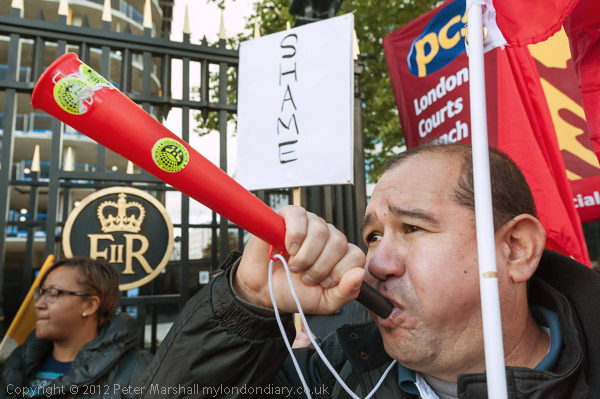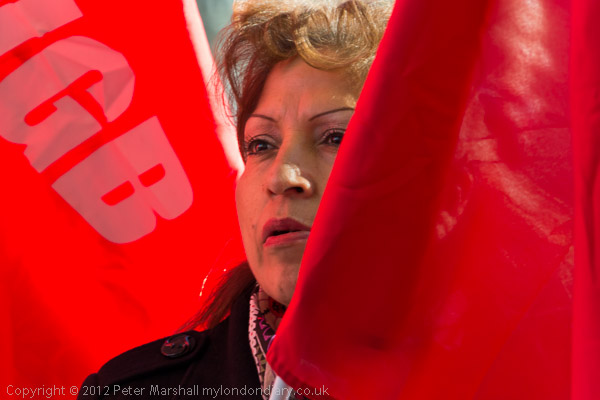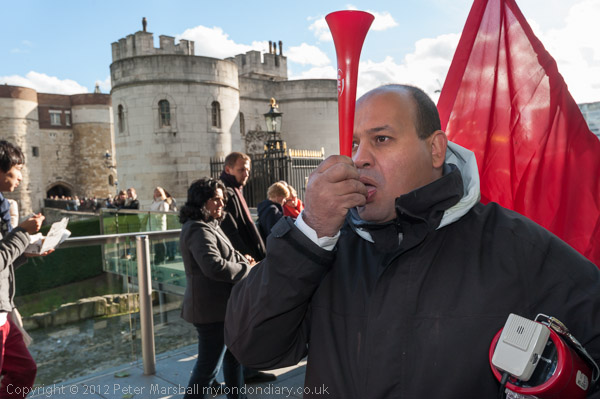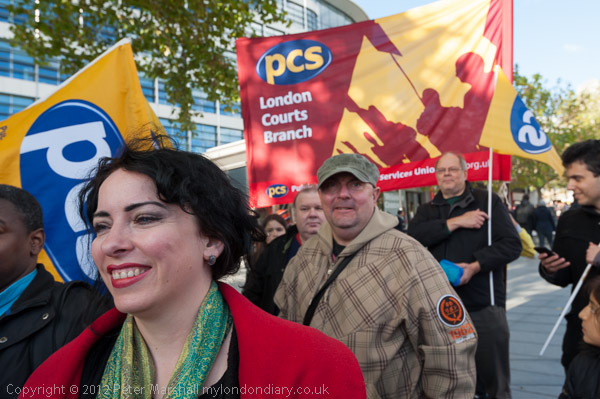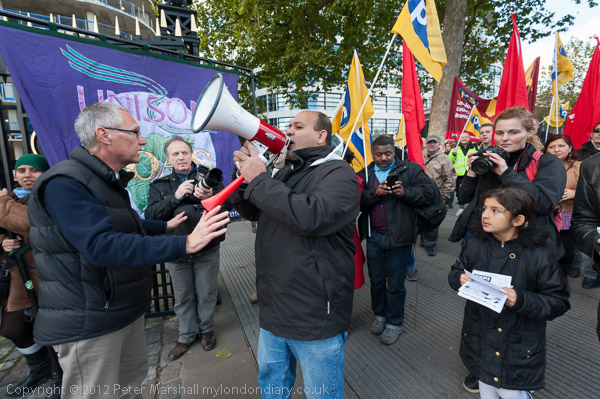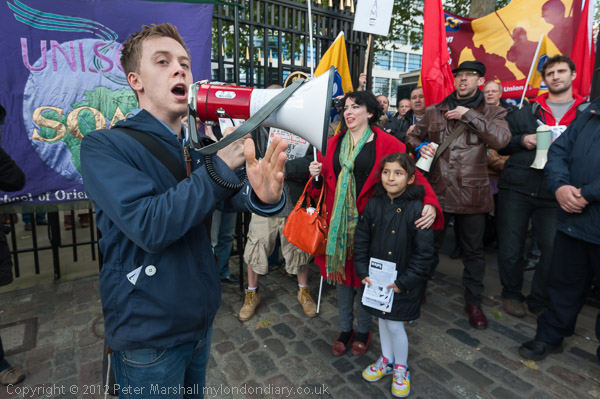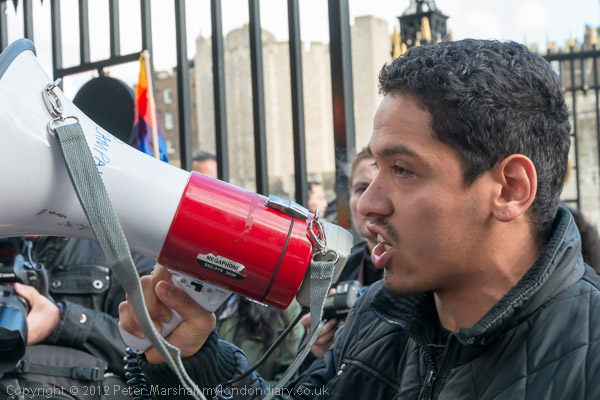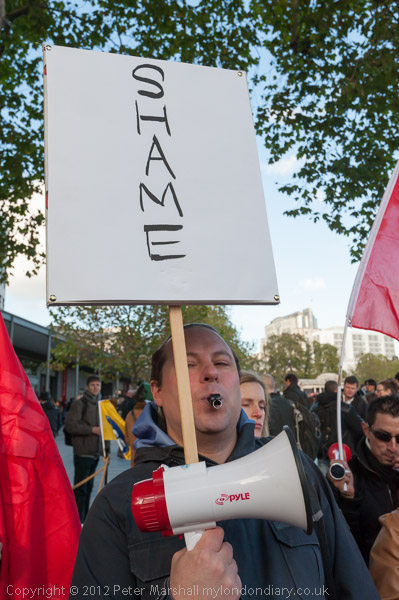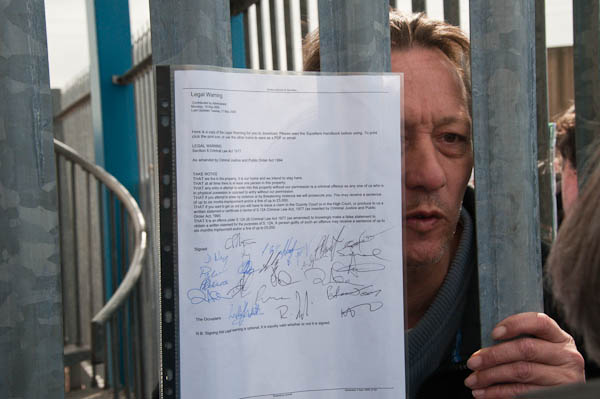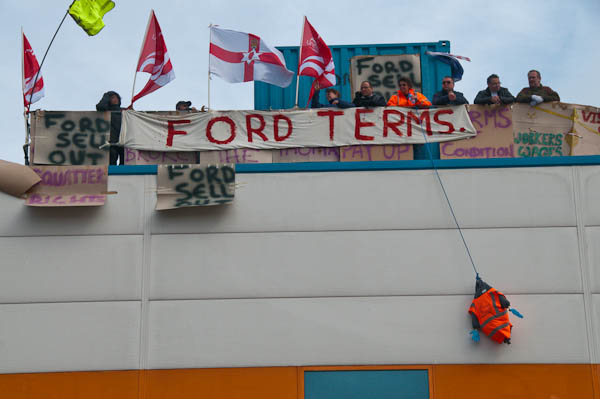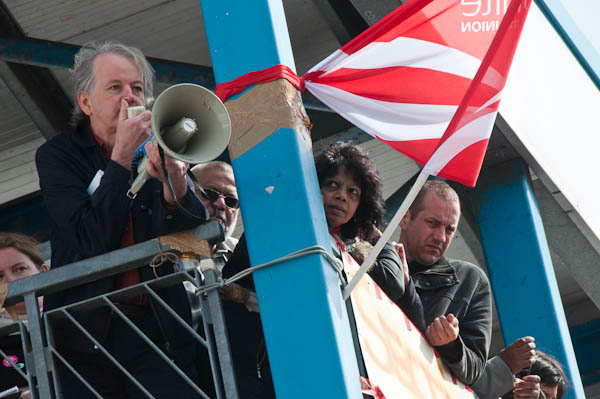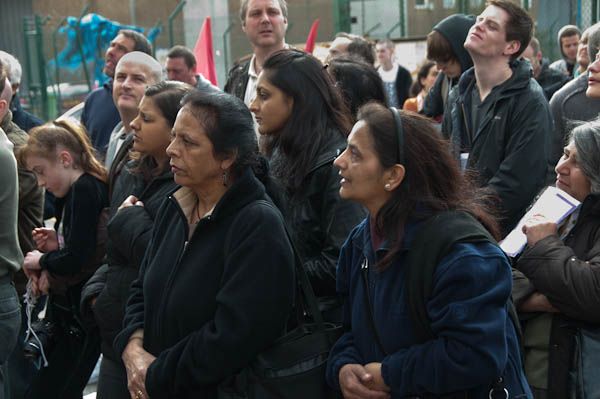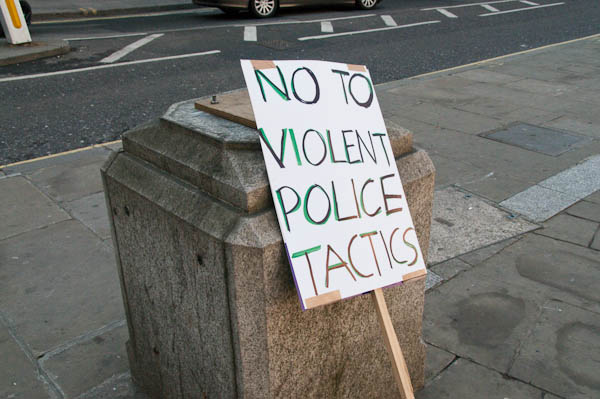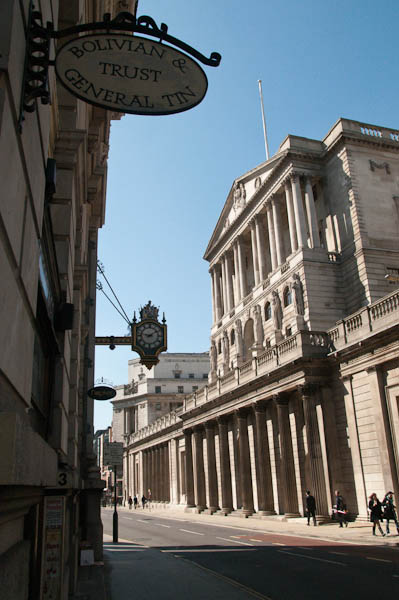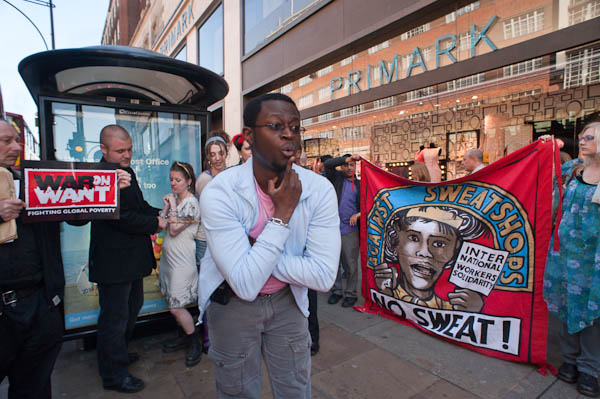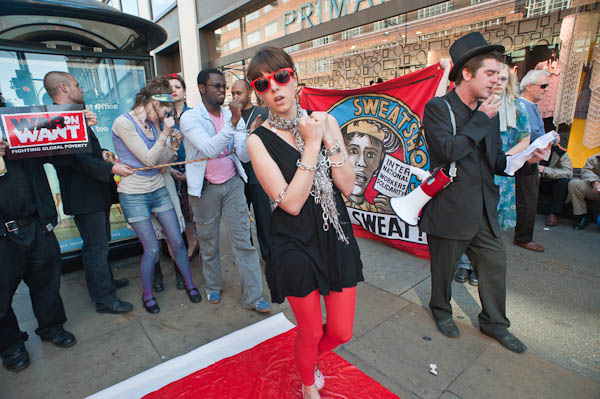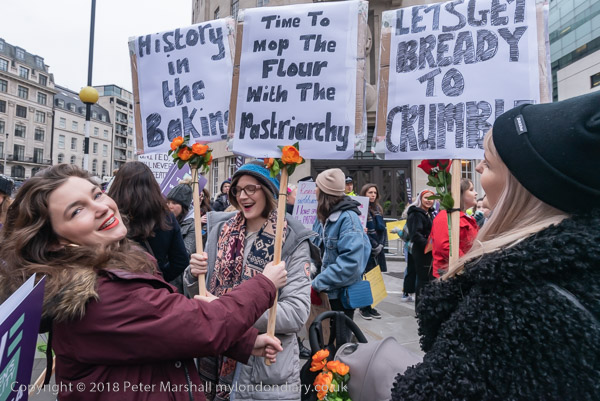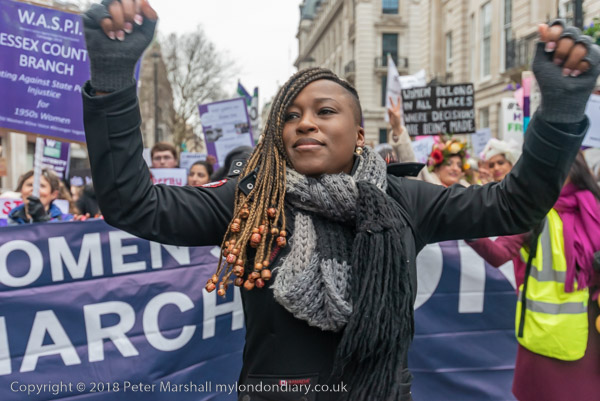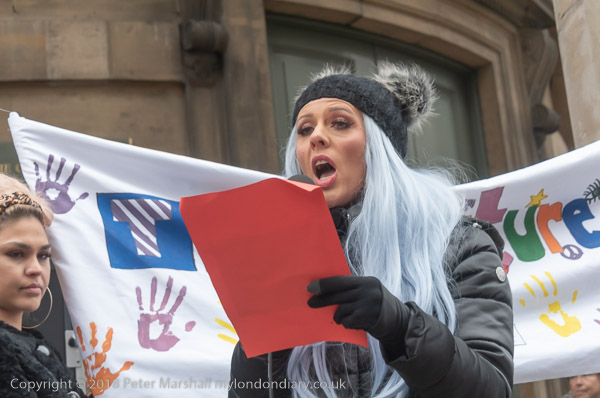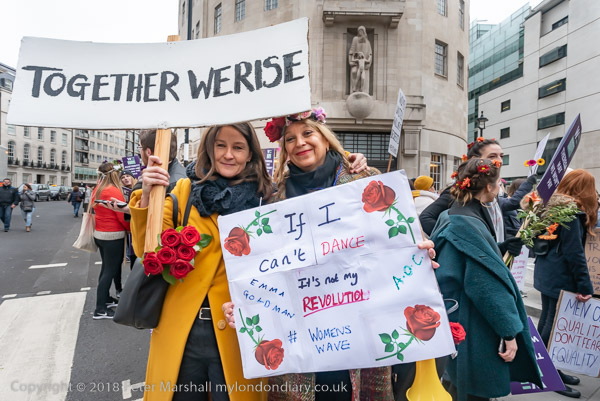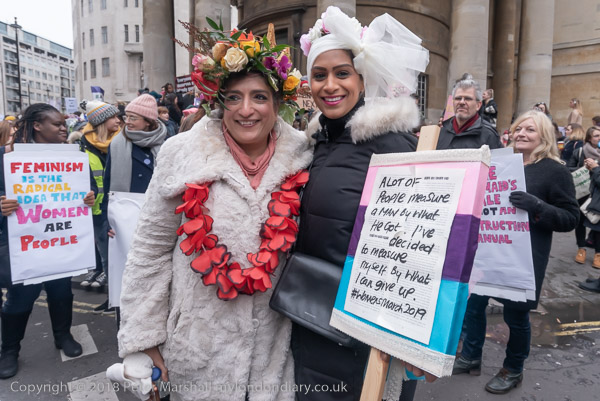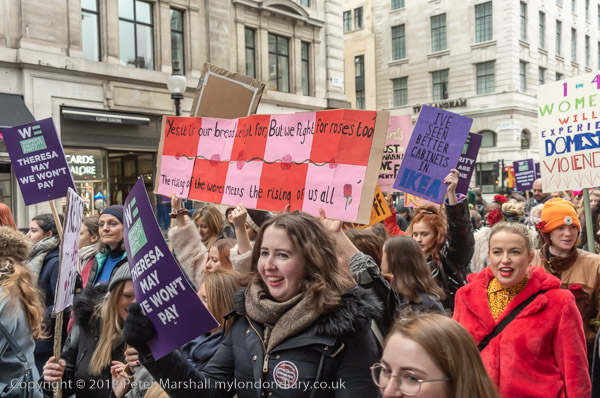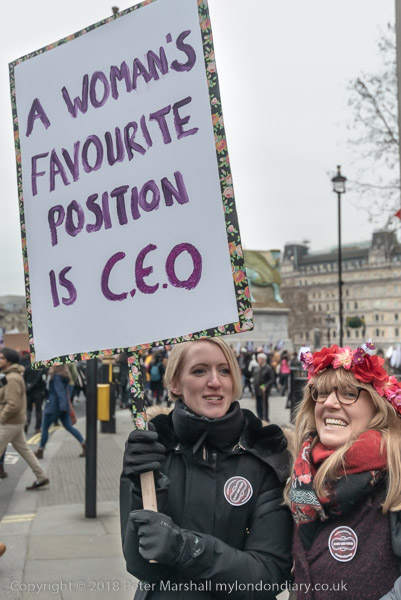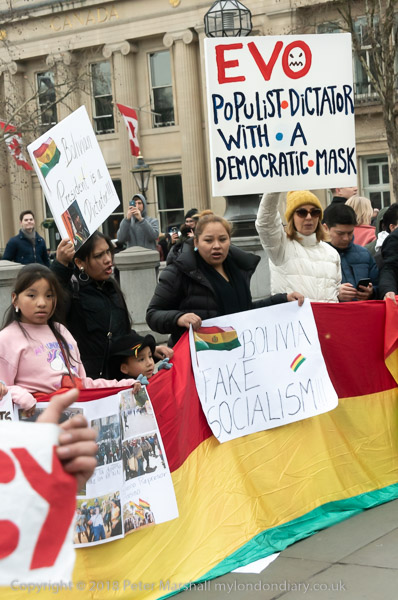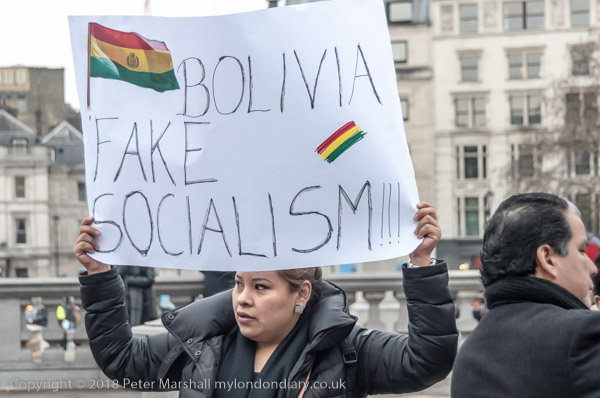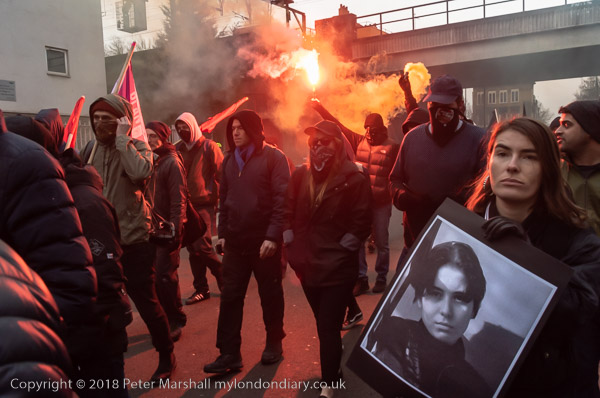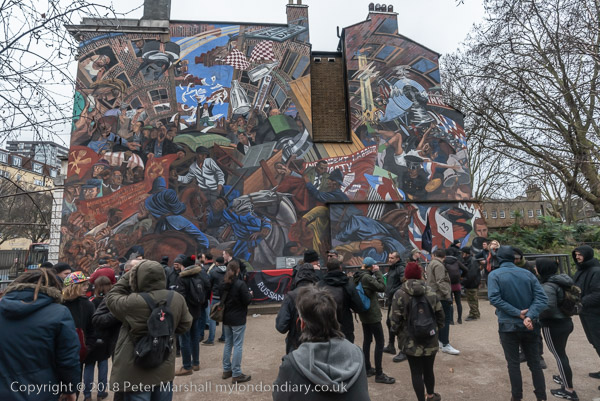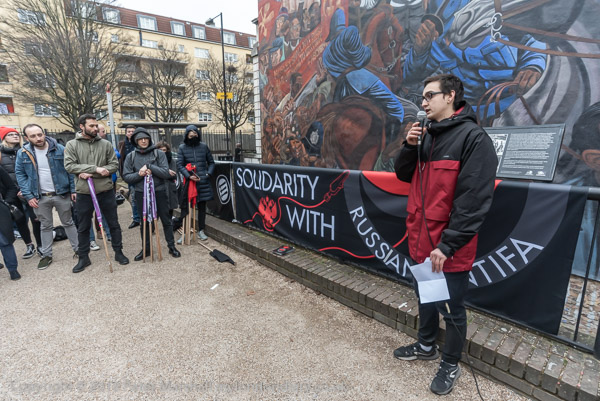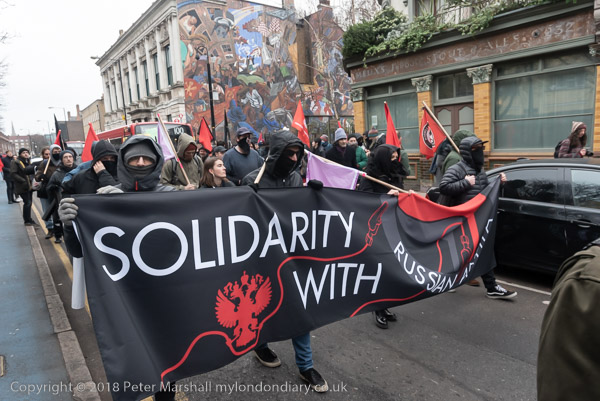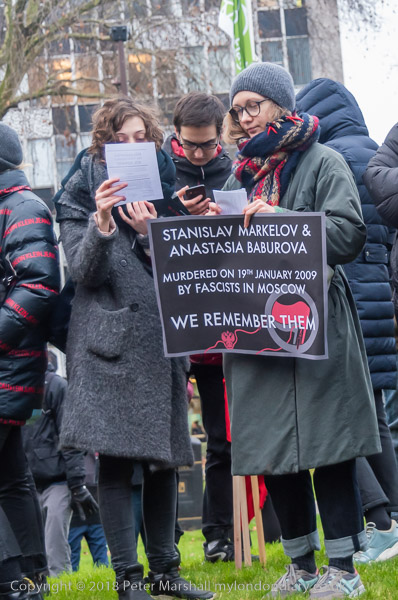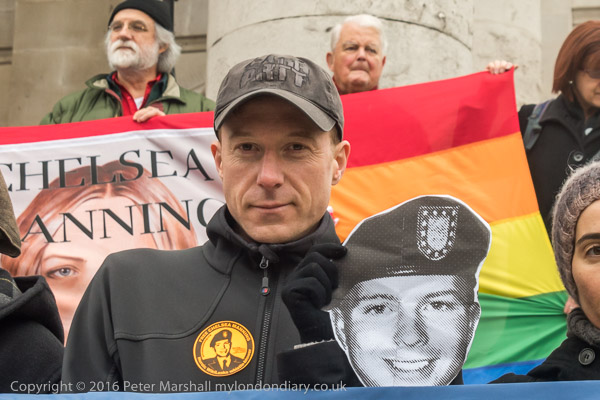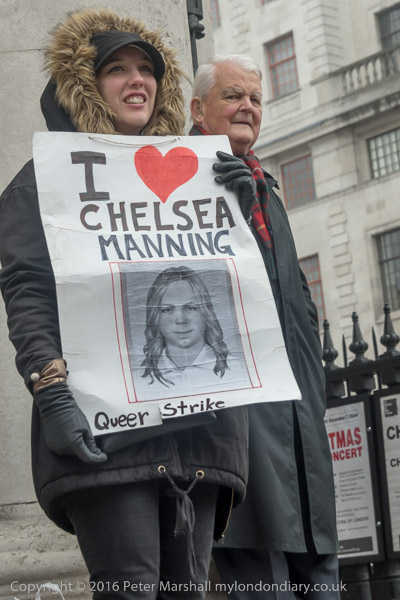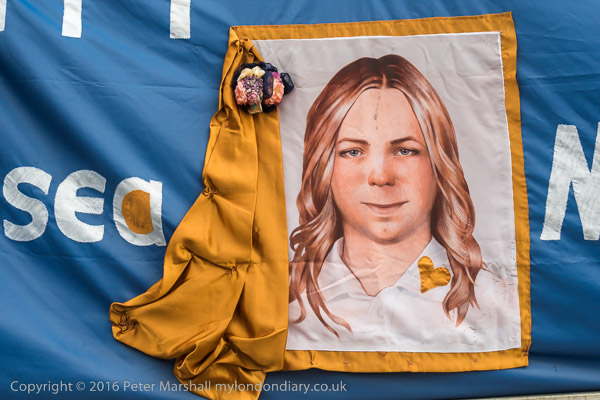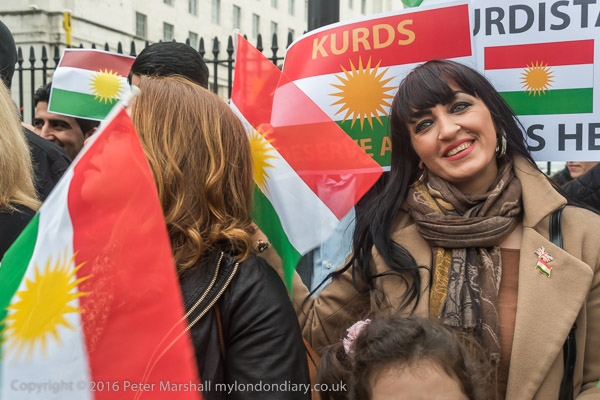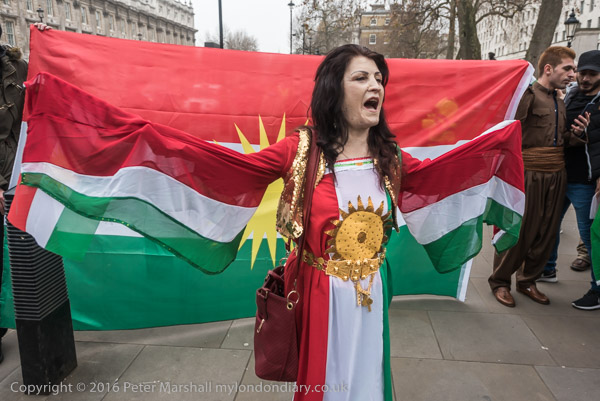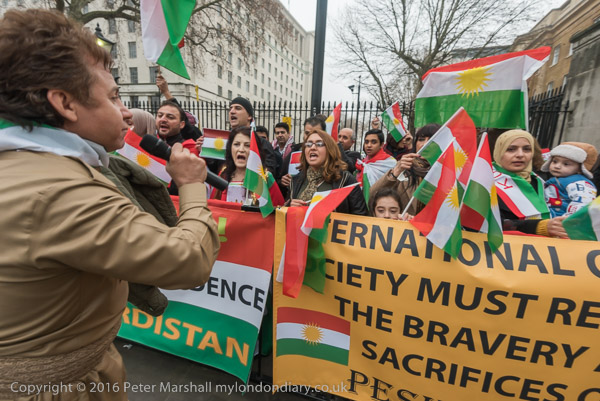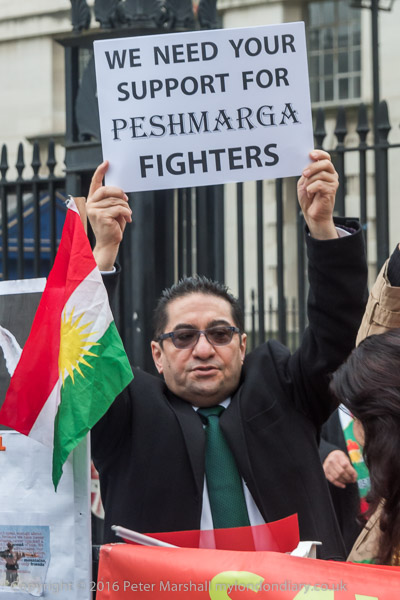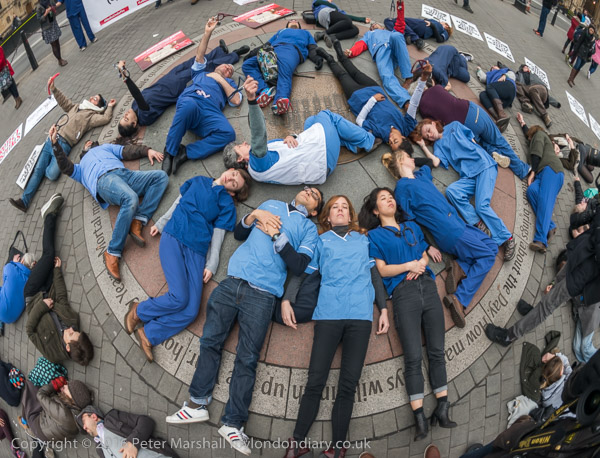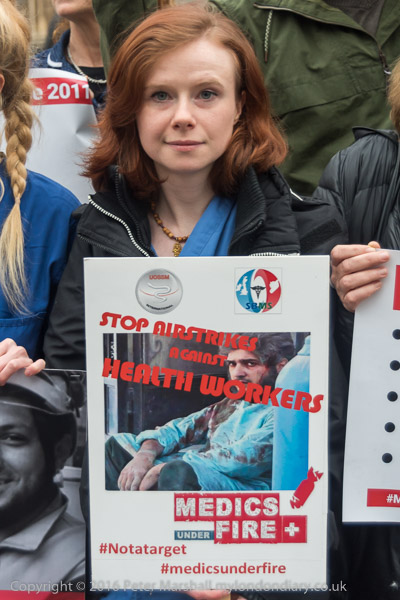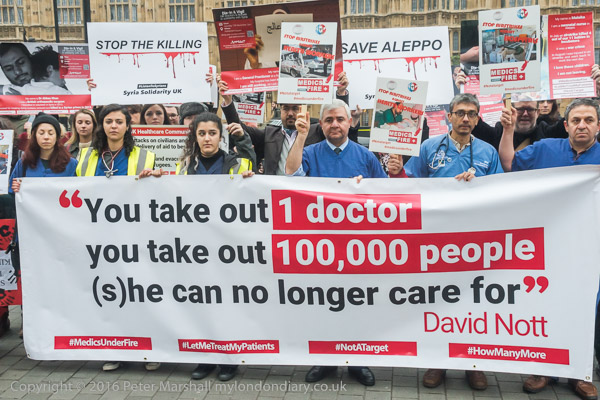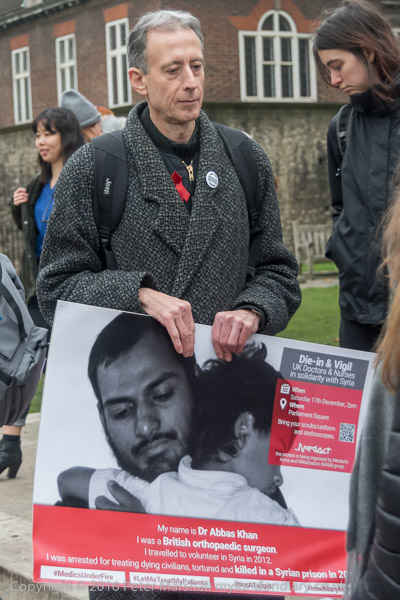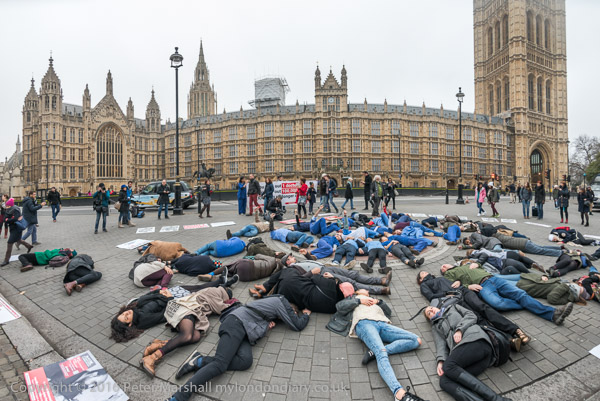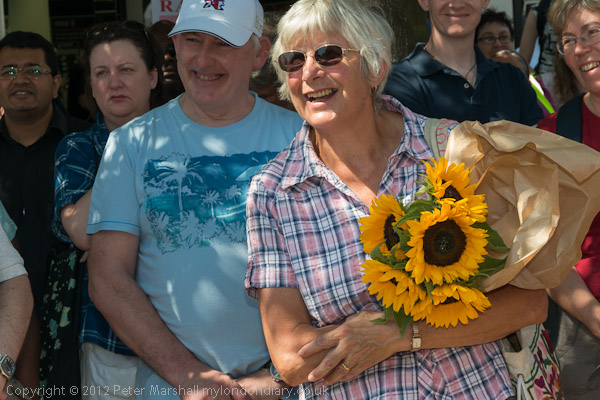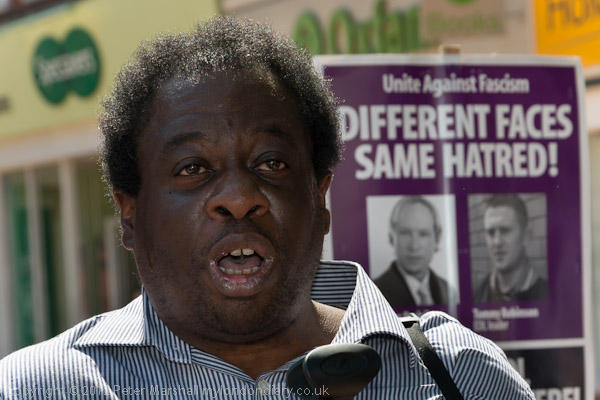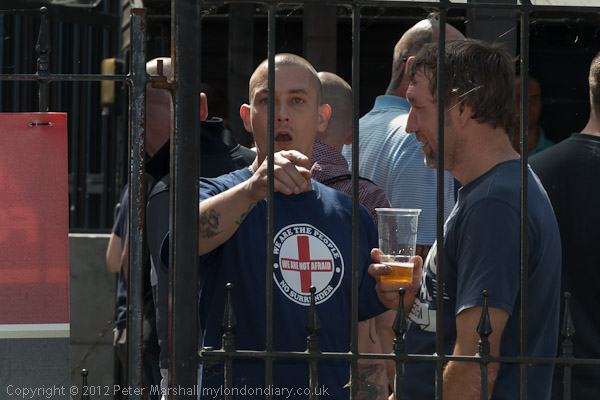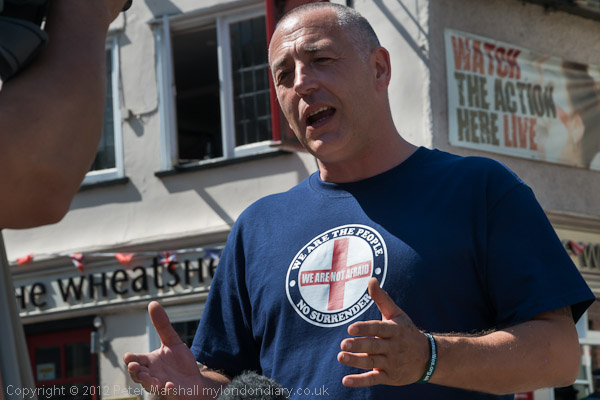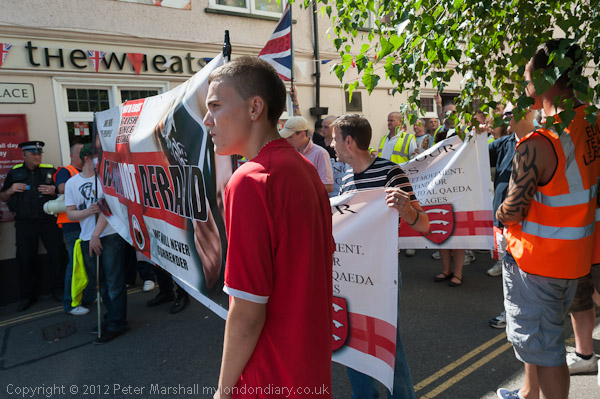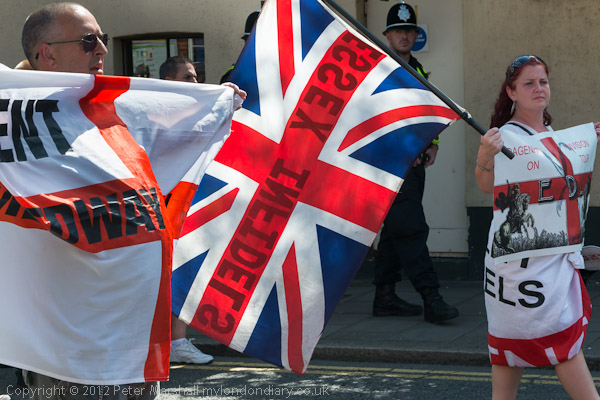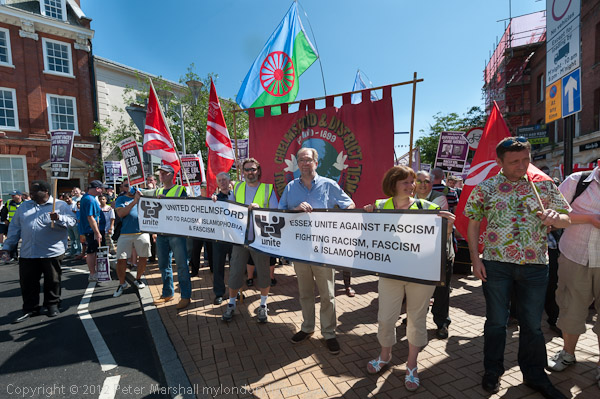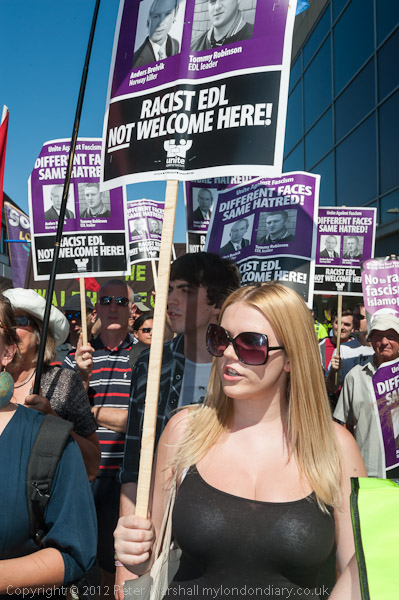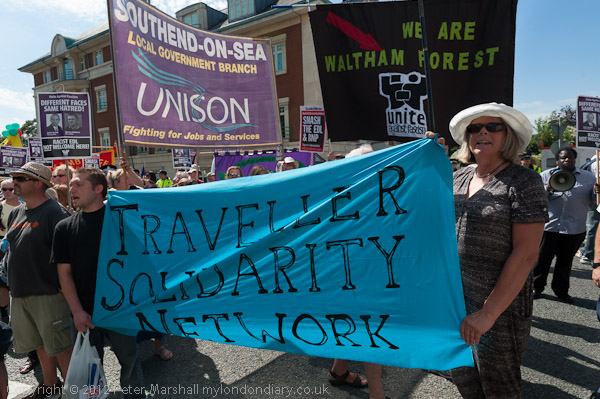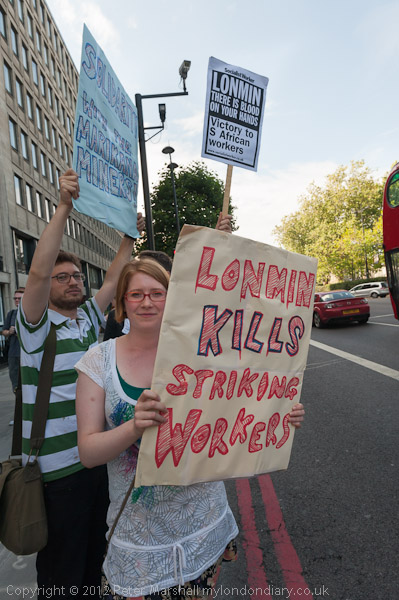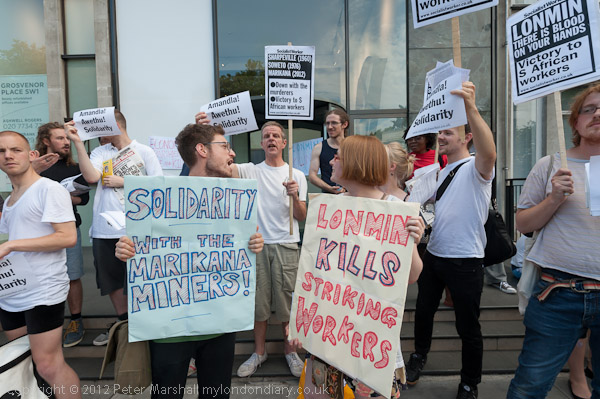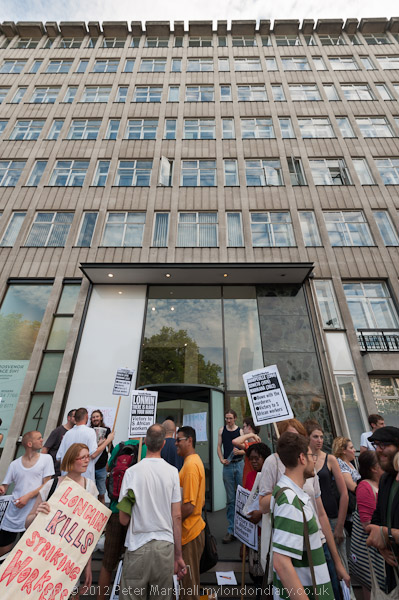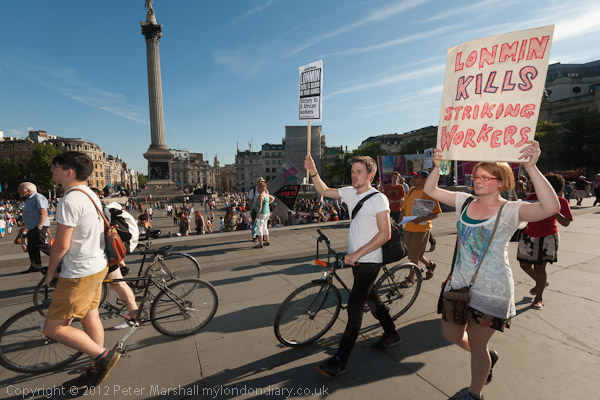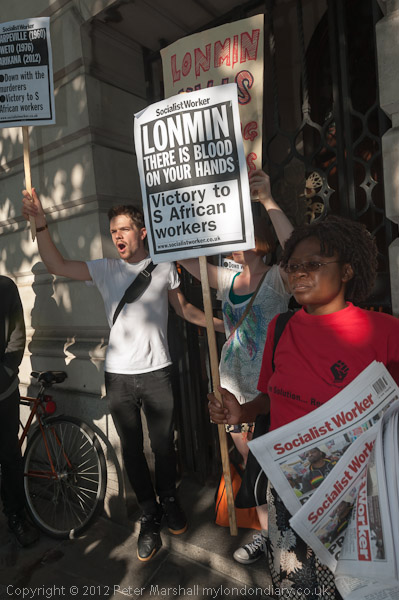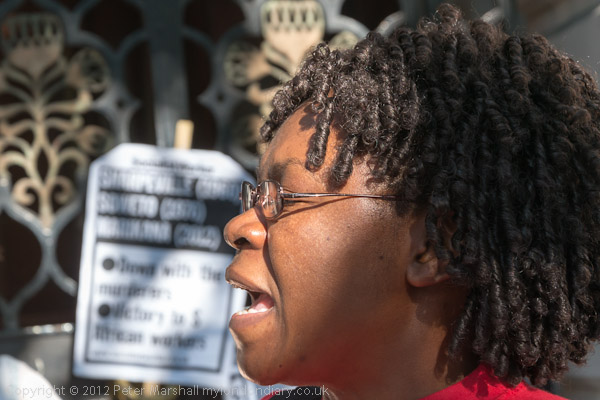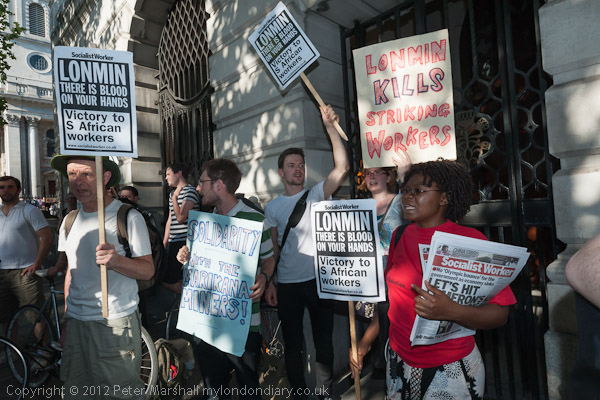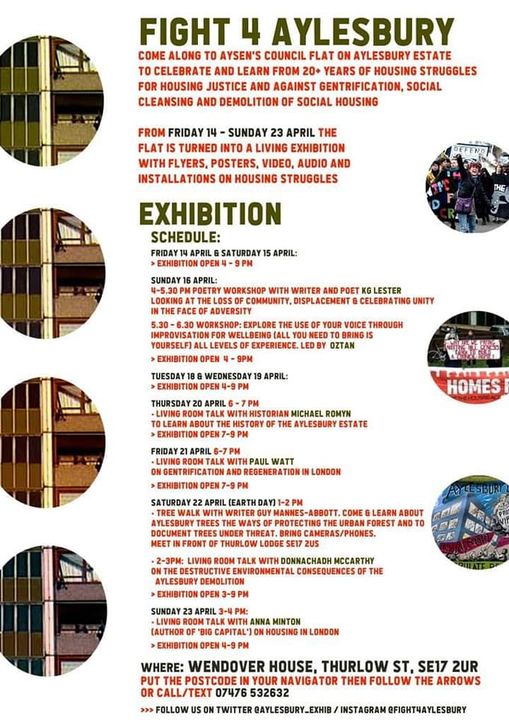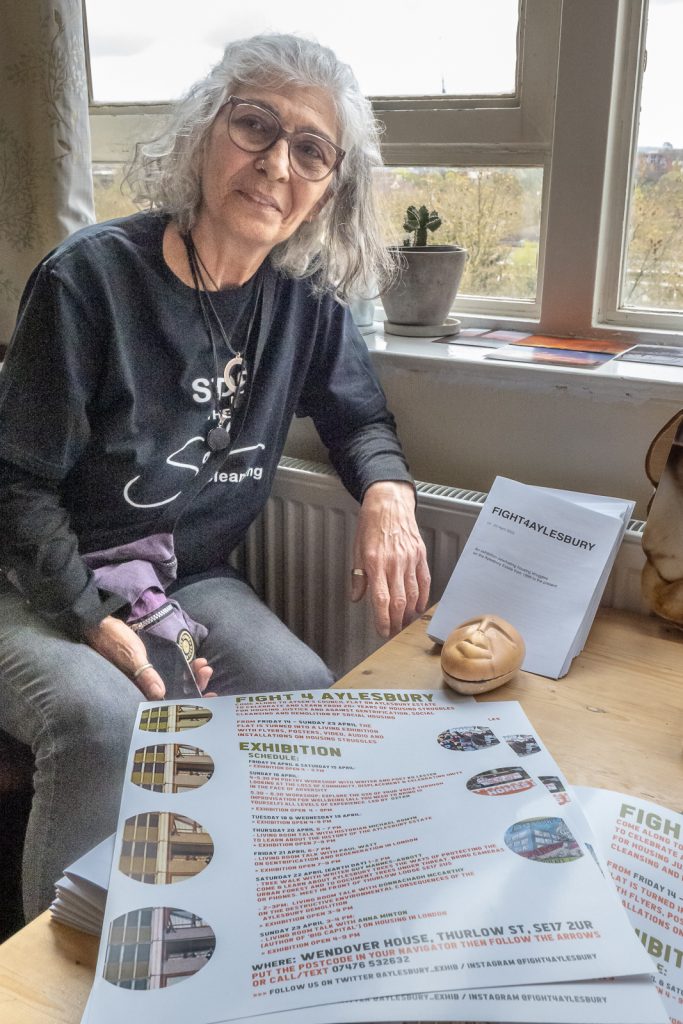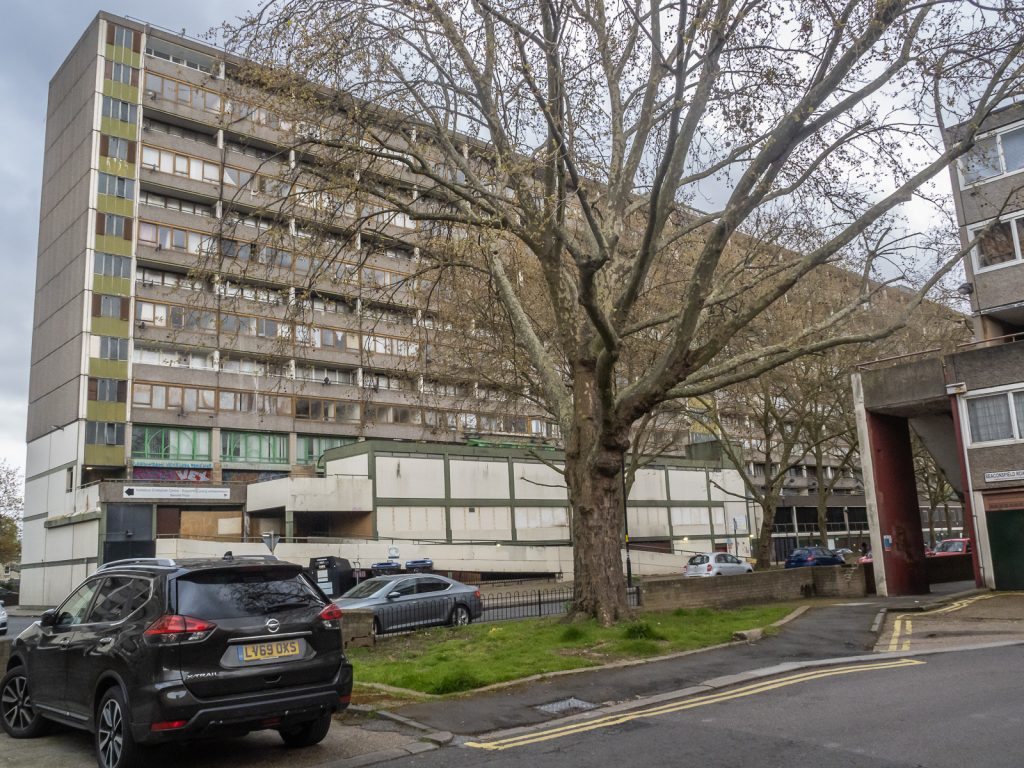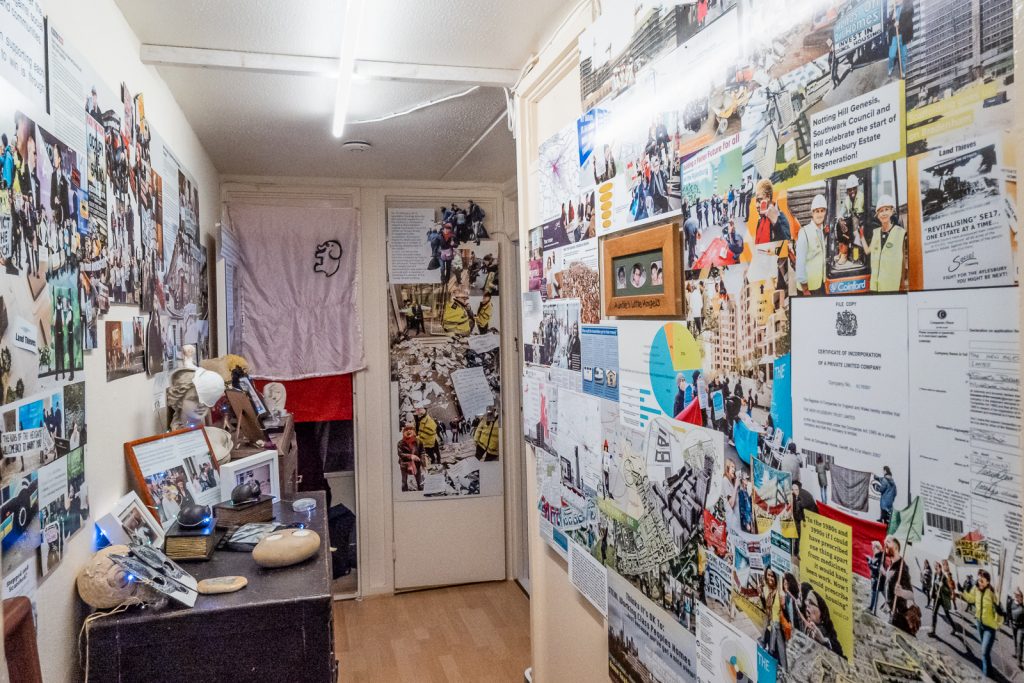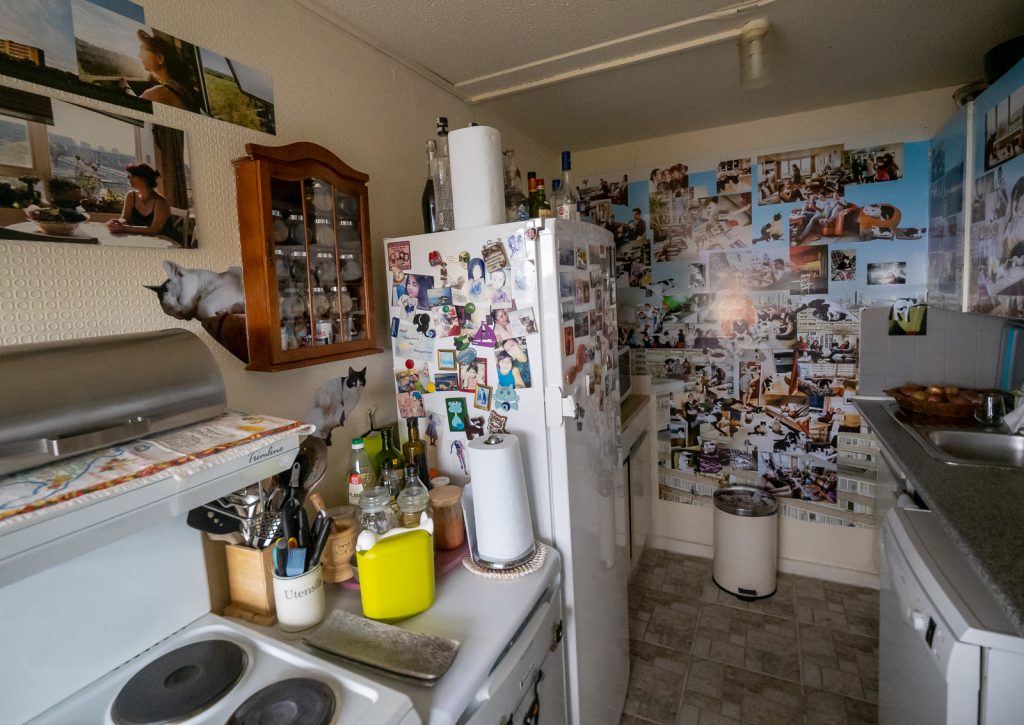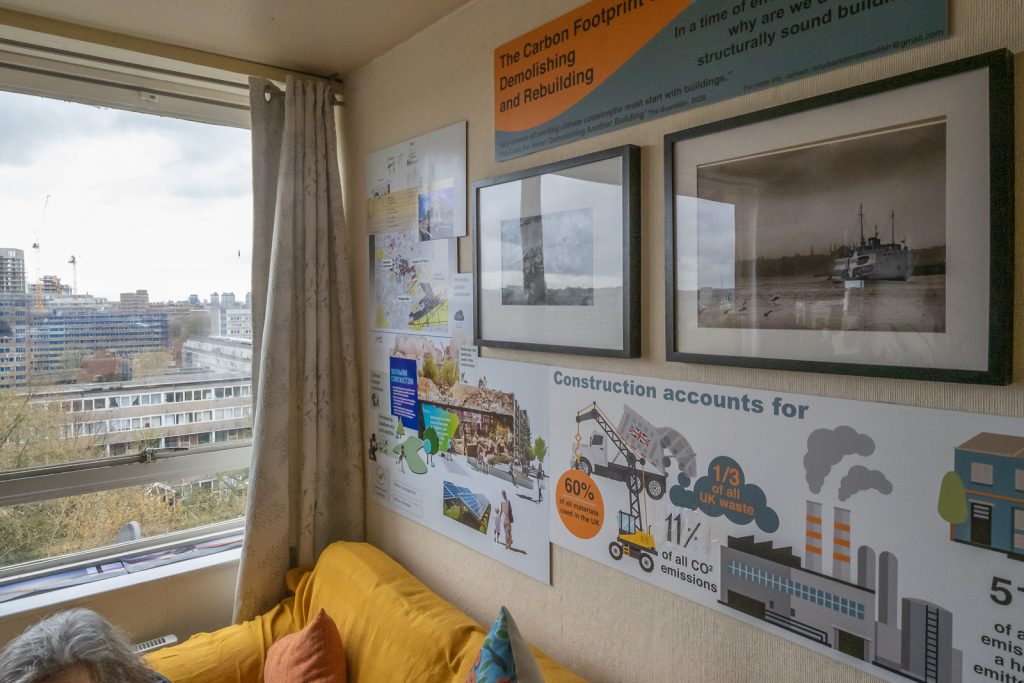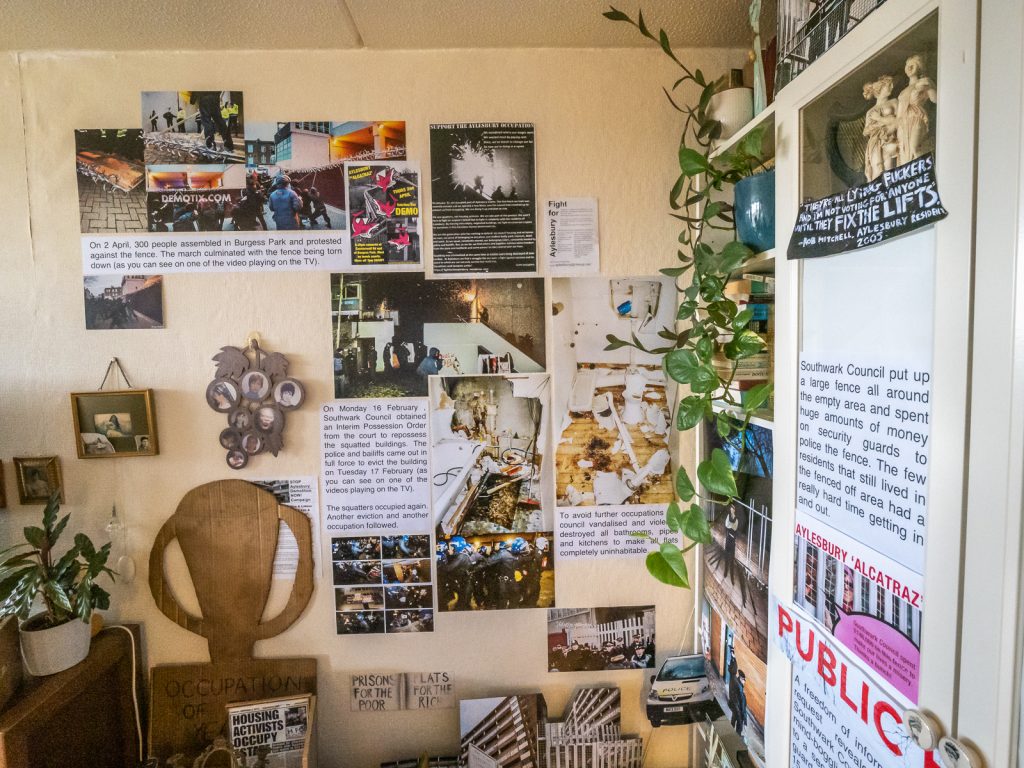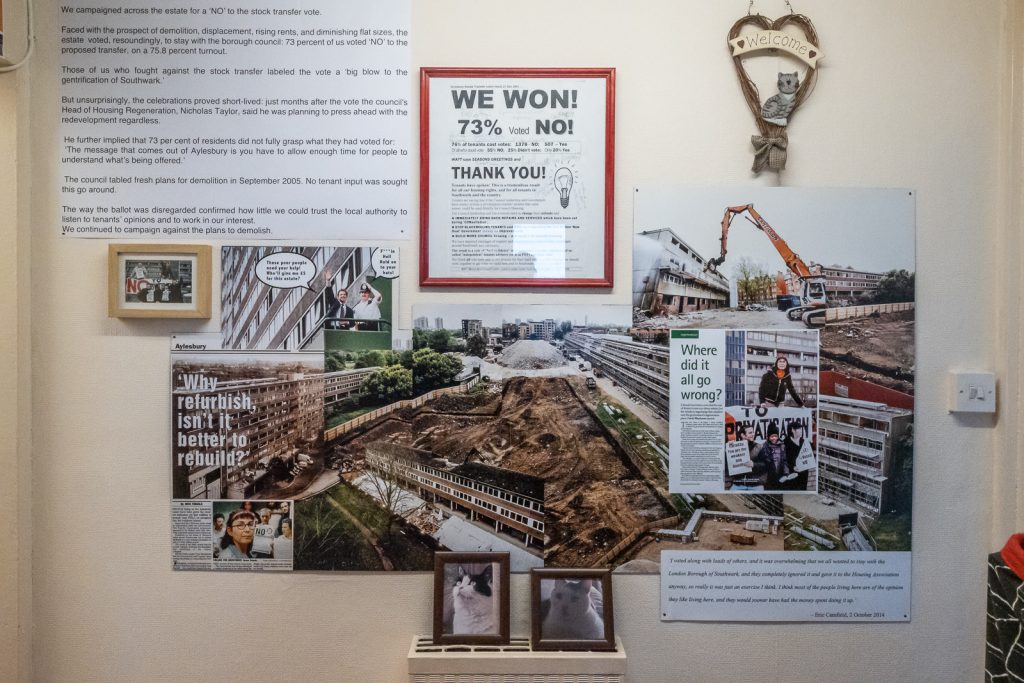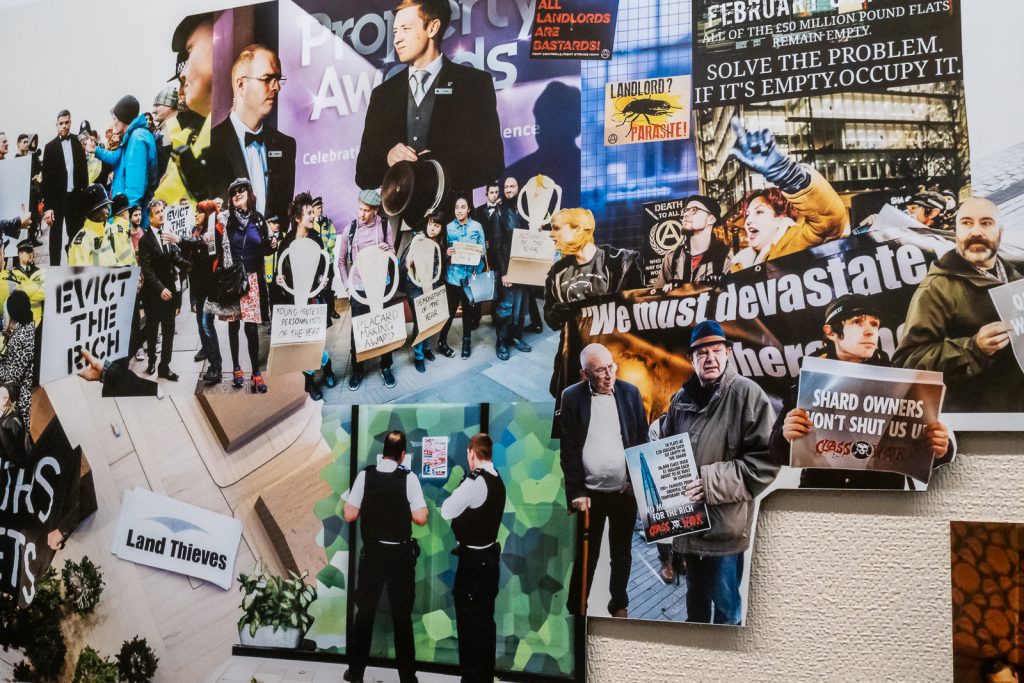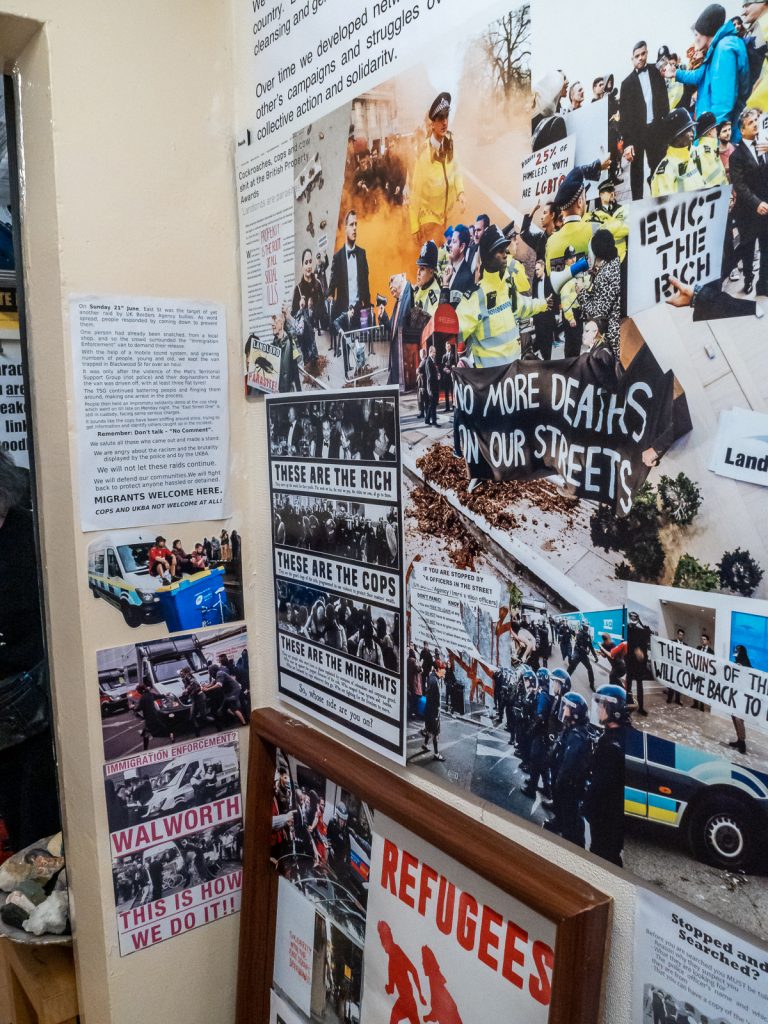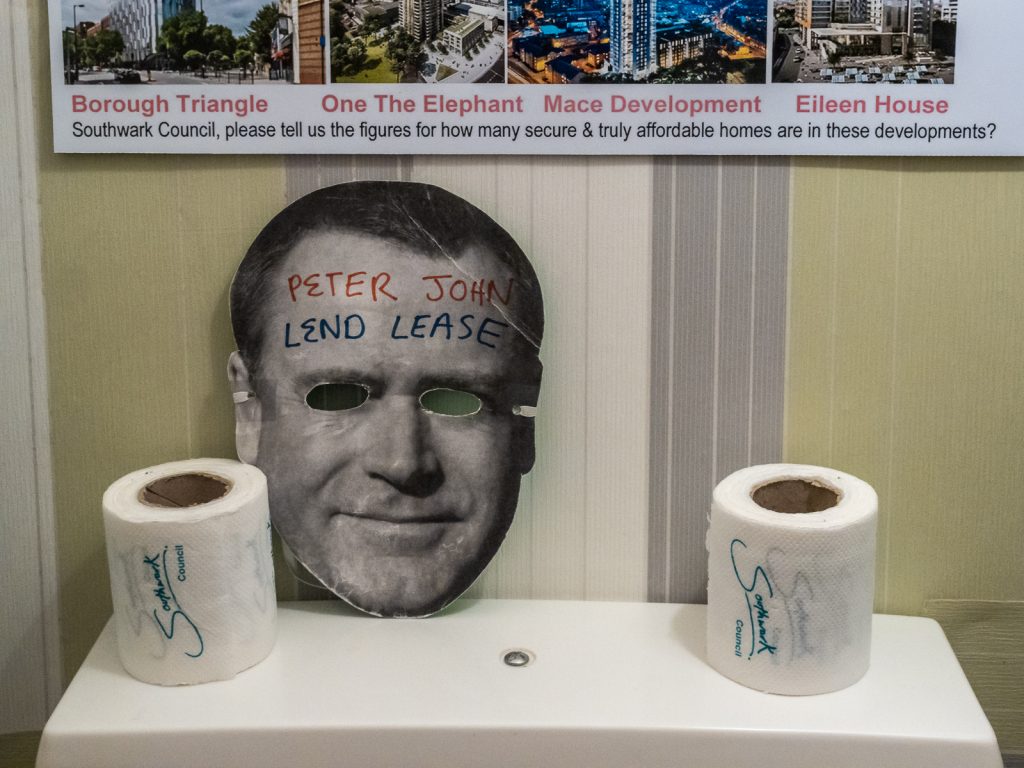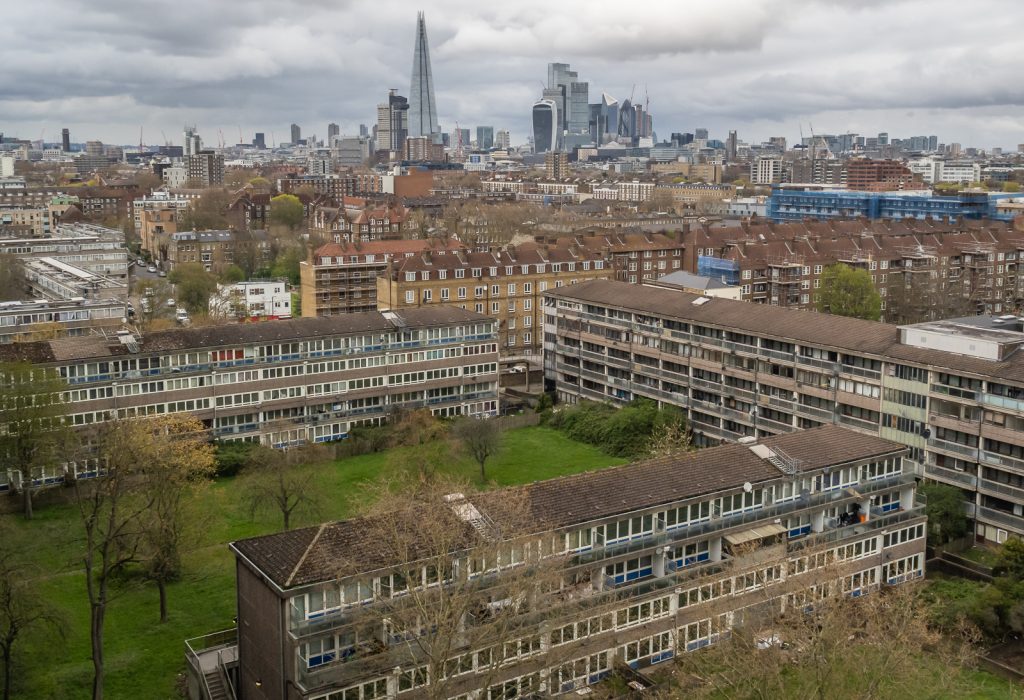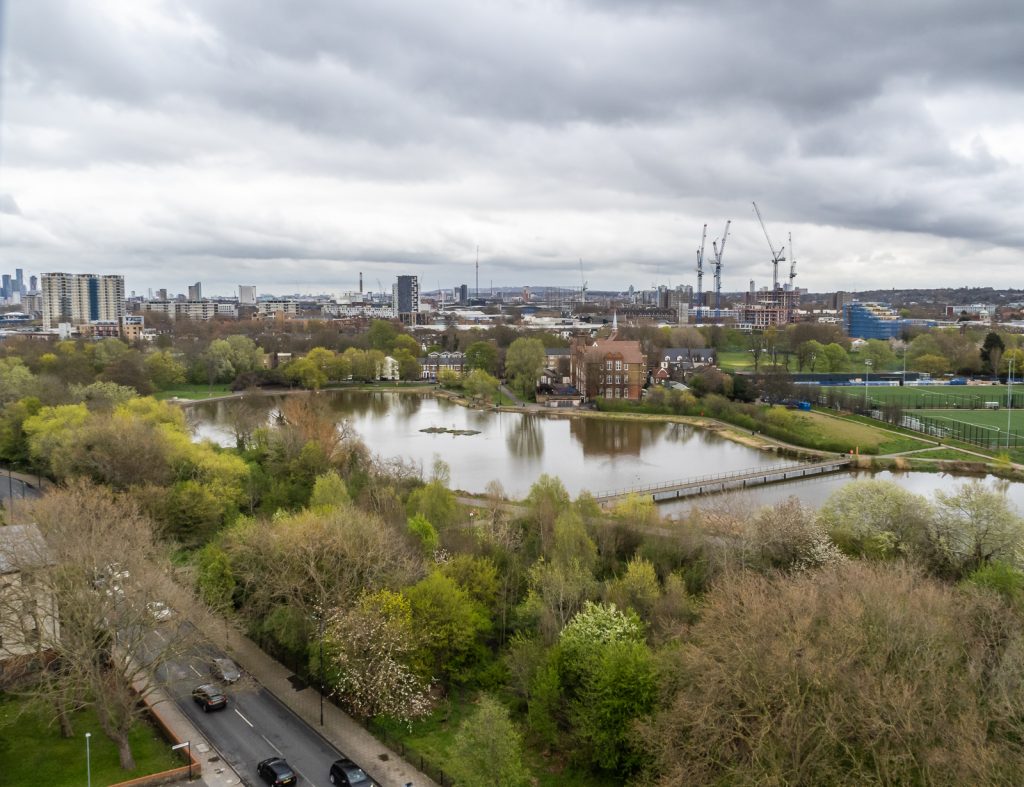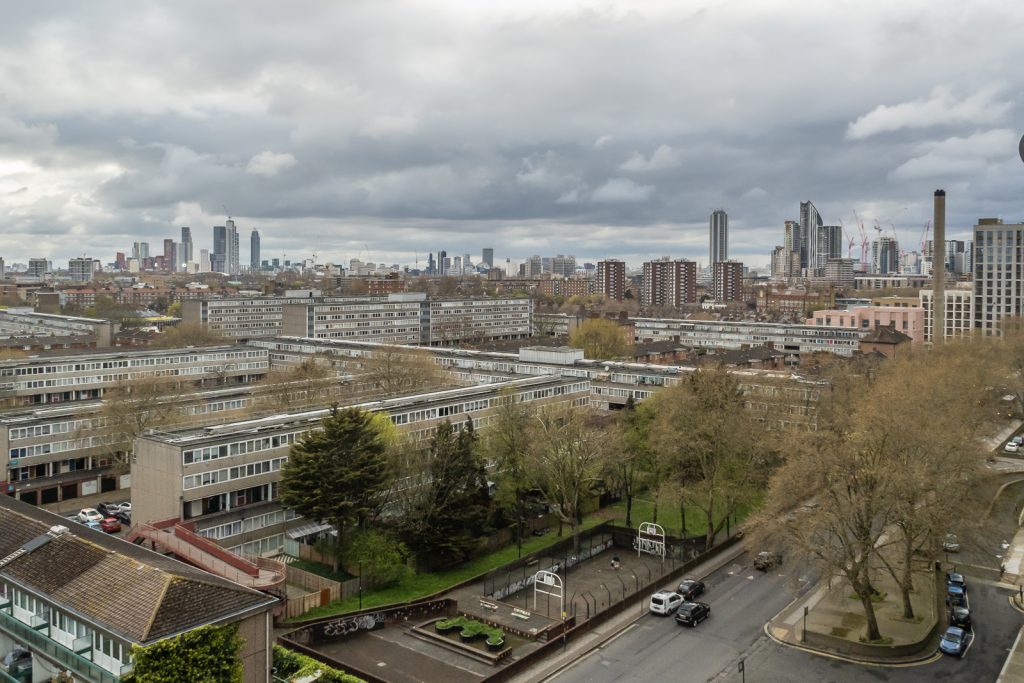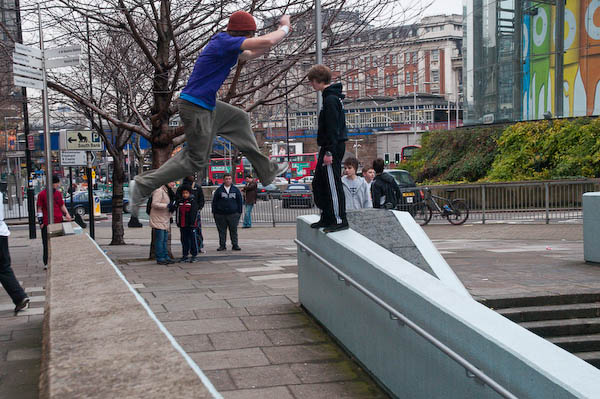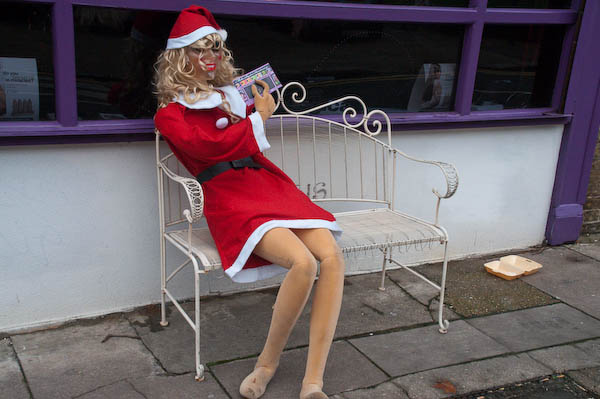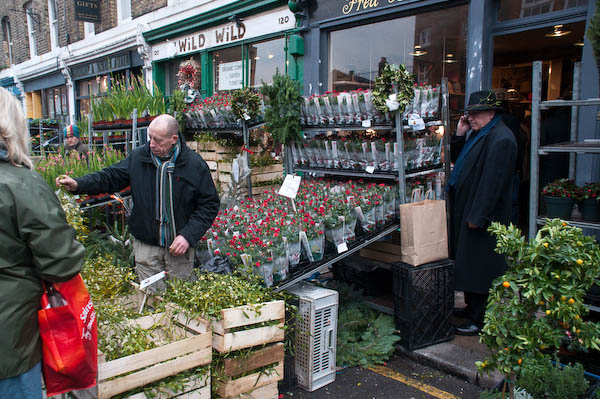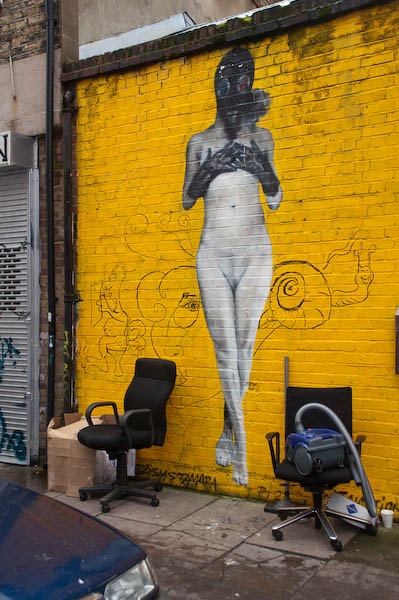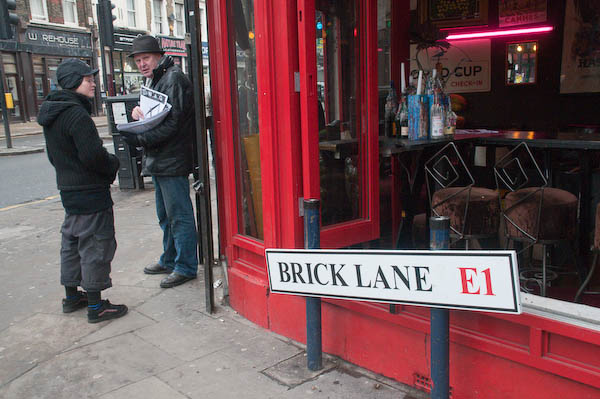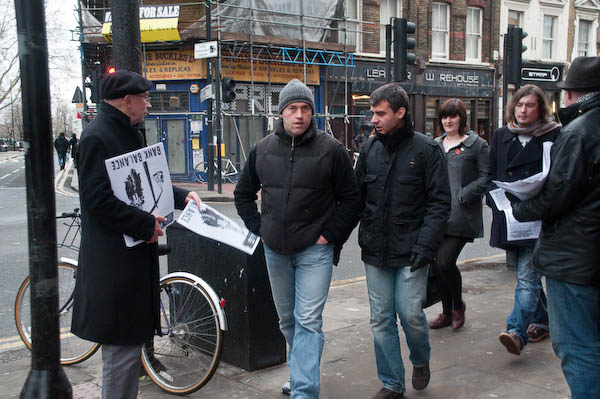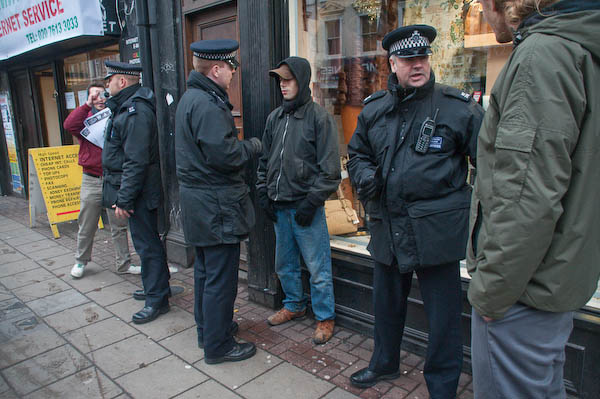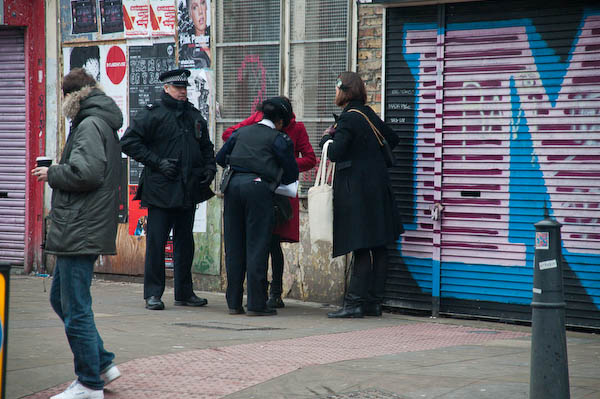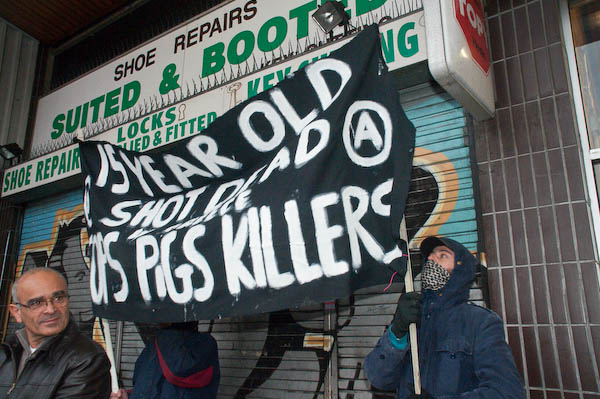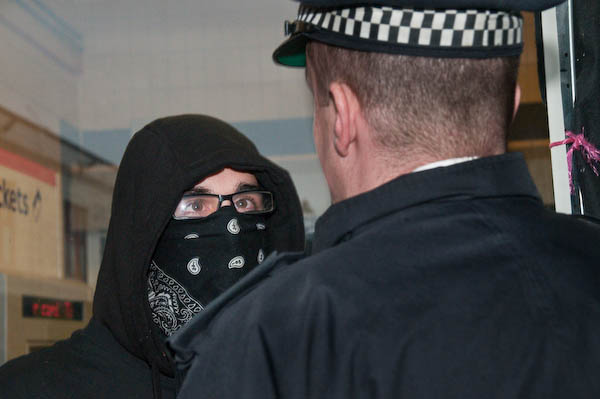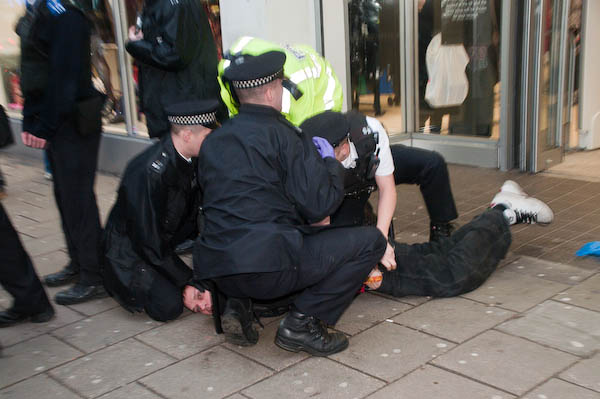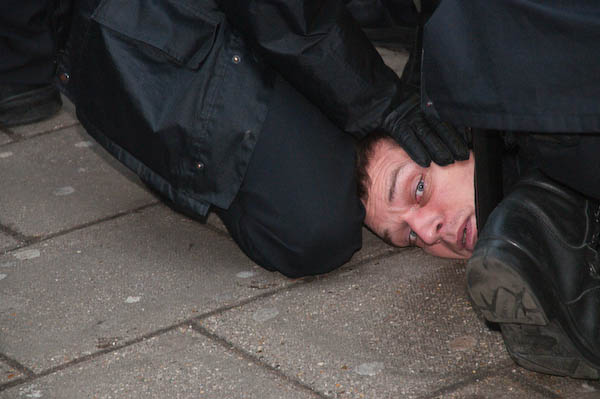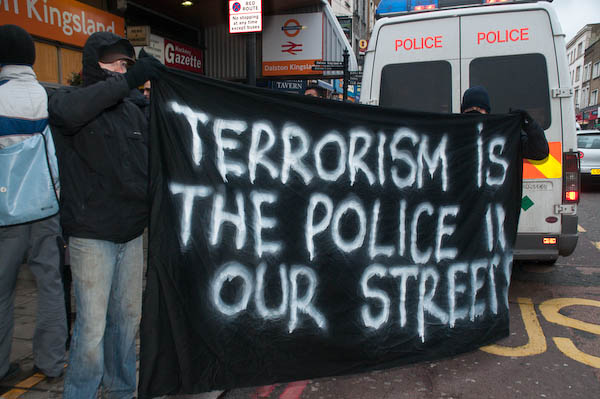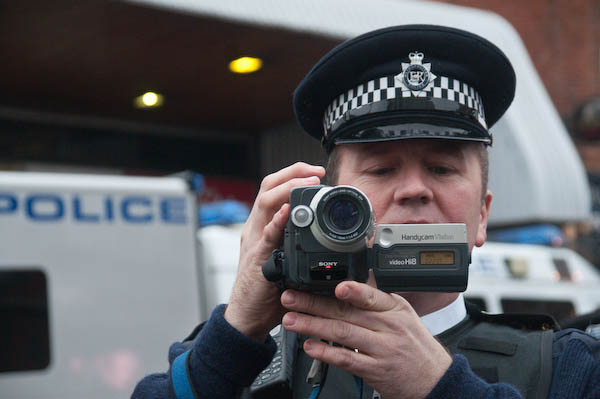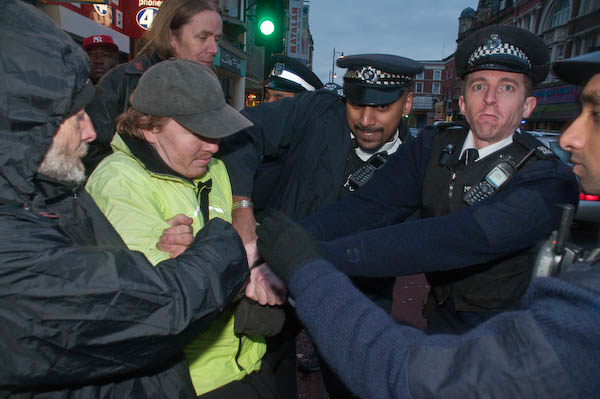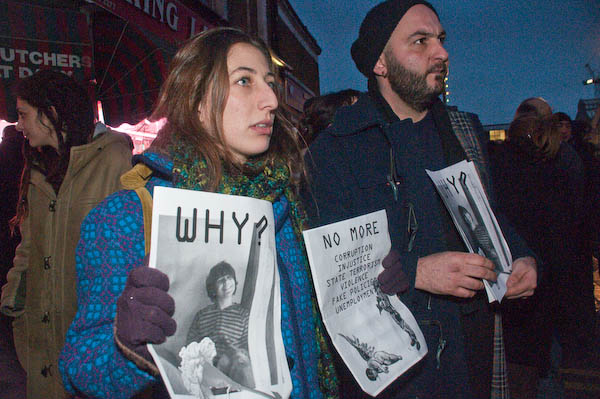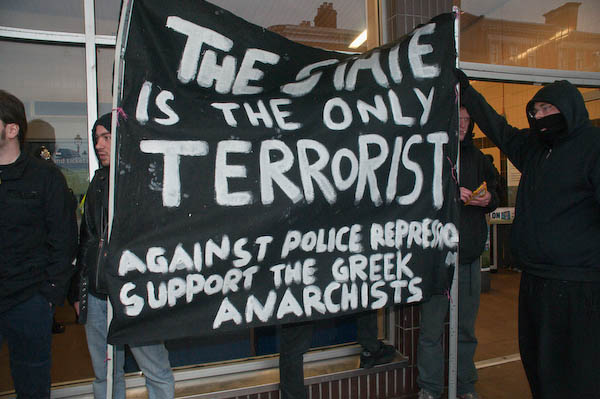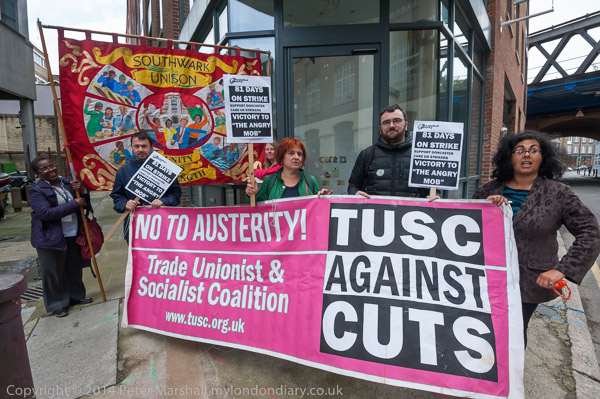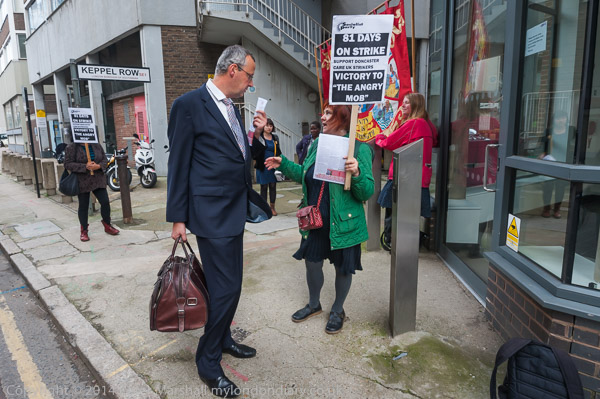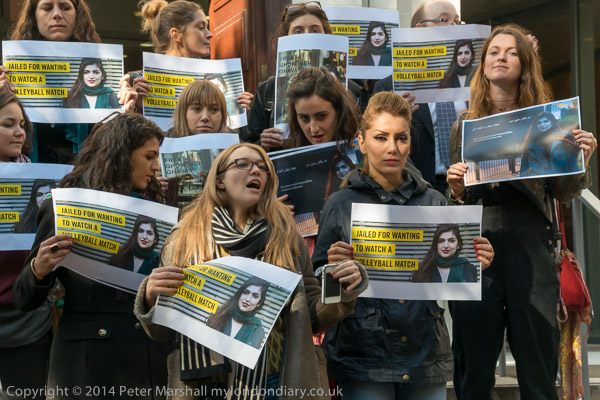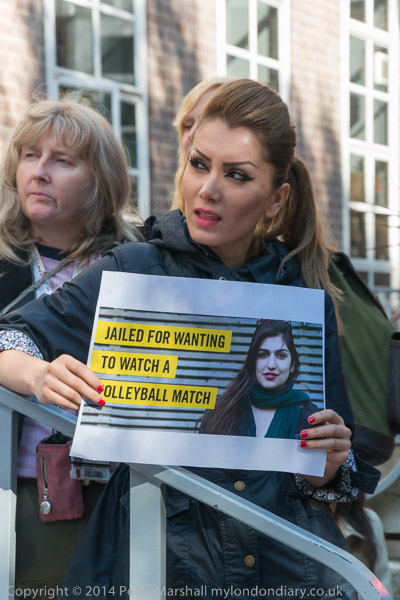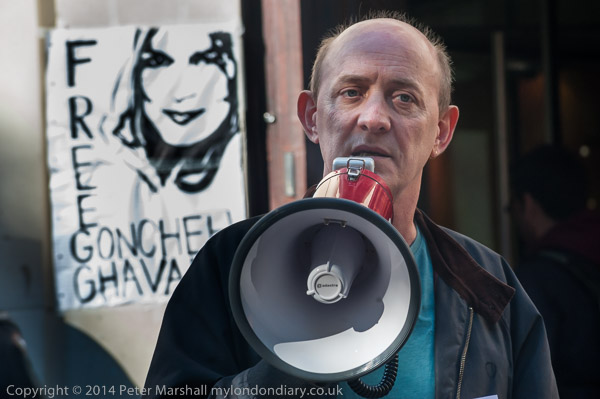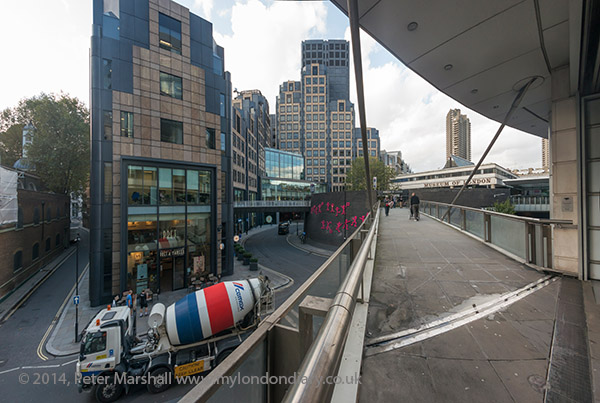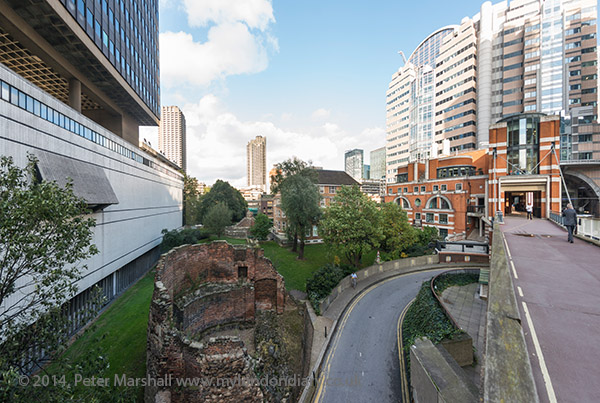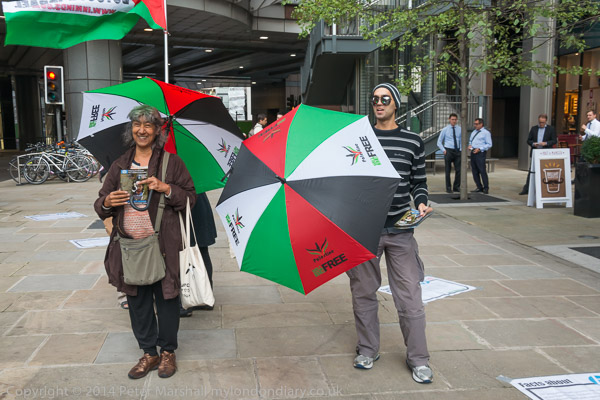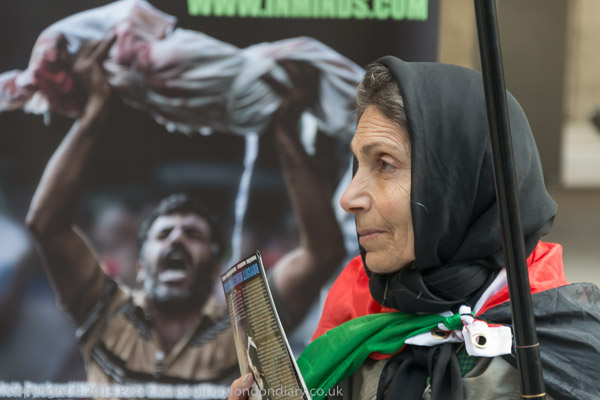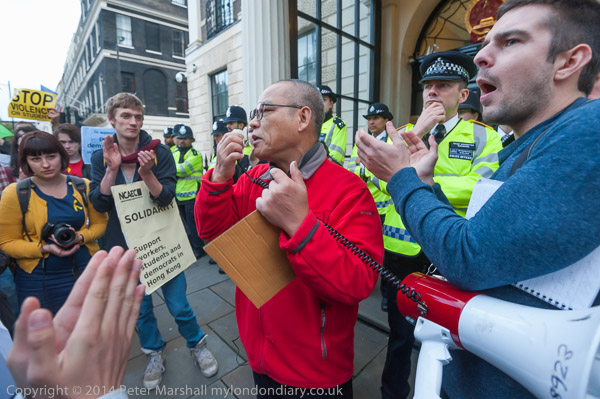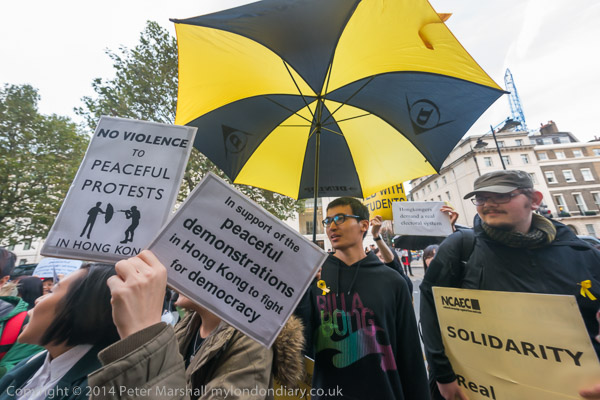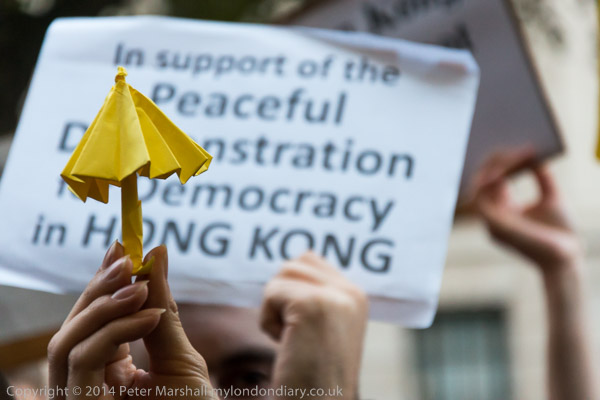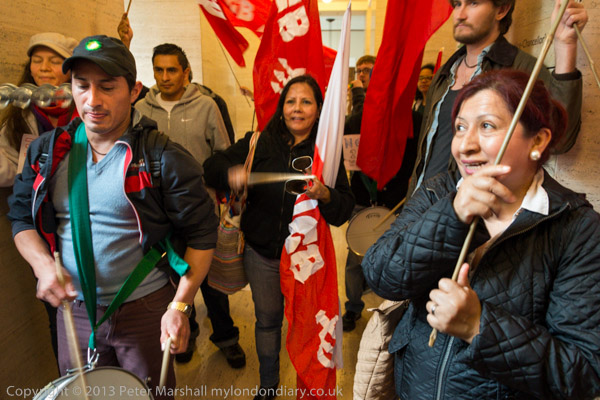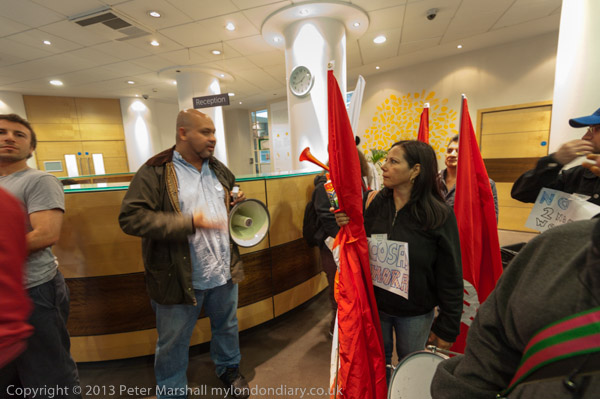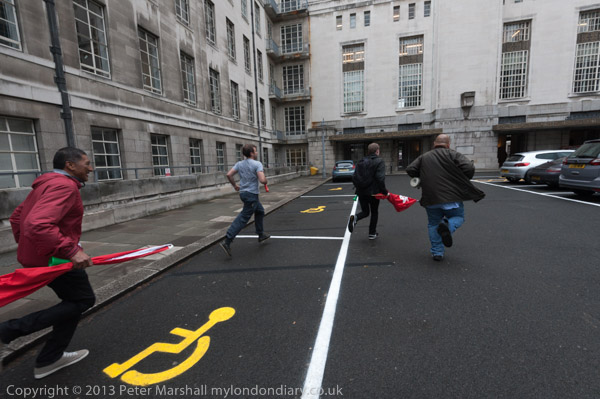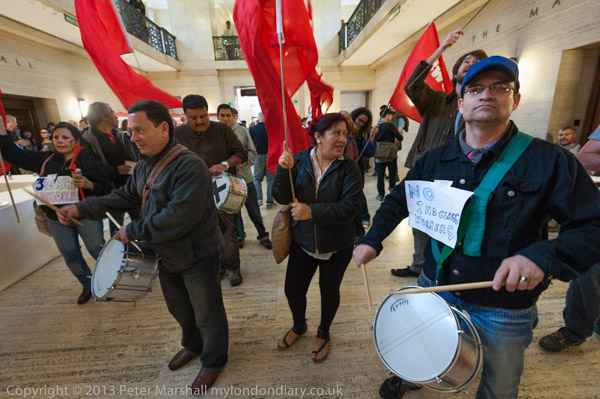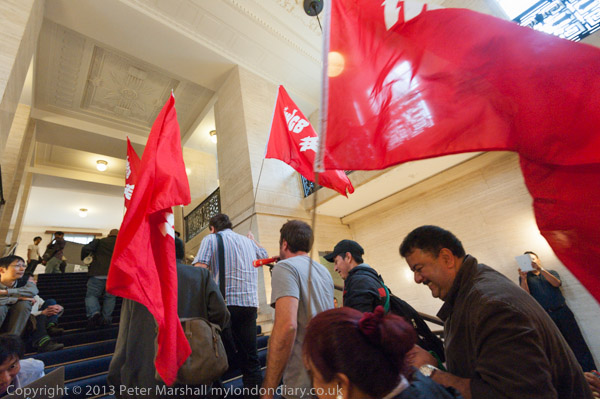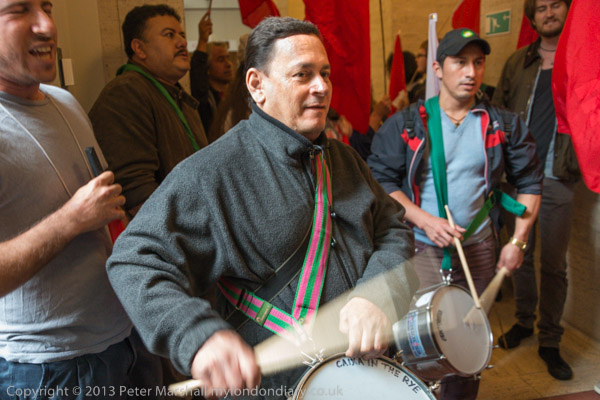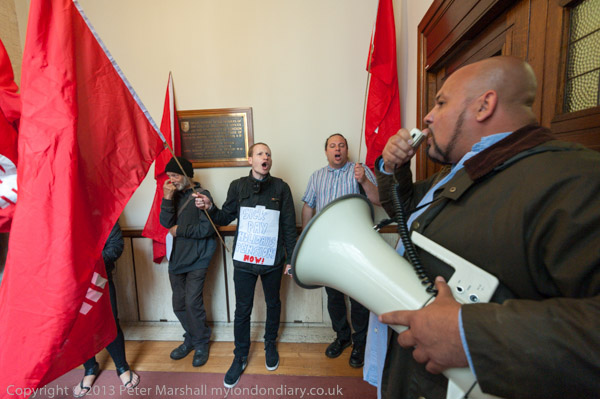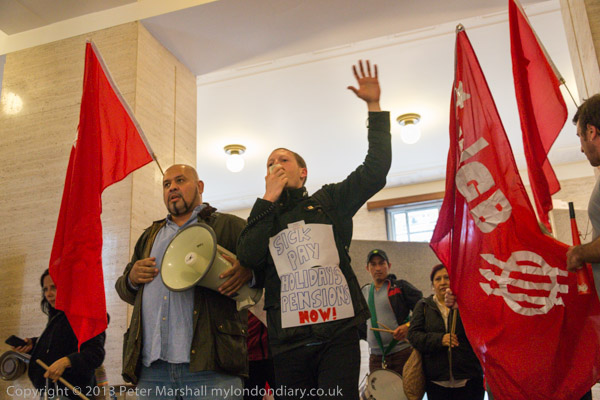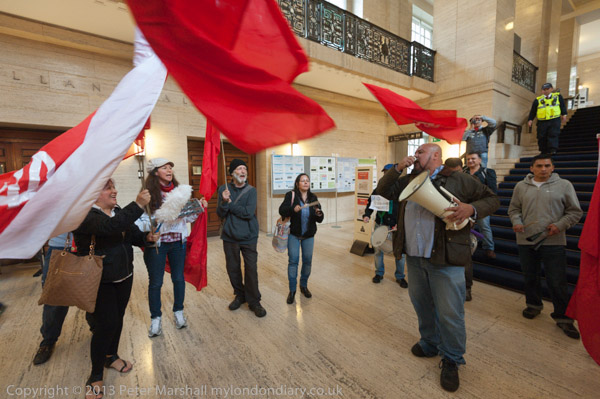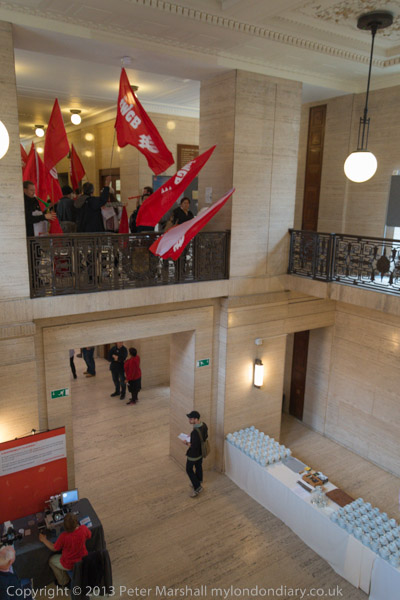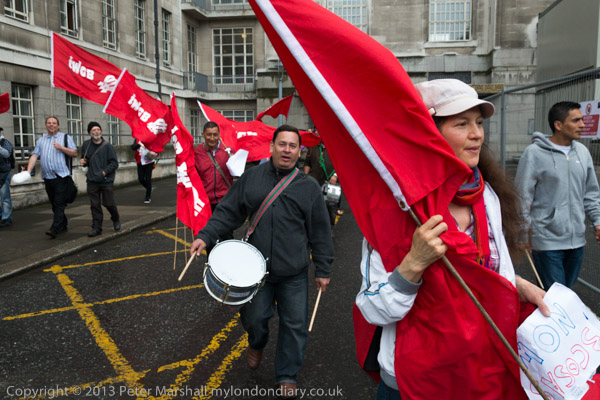Sudan & Hong Kong Protests: Last Saturday, 8th November 2025 I photographed a London rally and march against the horrific killings in Sudan before going to the Chinese Embassy where people were protesting for freedom of expression in Hong Kong, where three pro-democracy advocates were to go on trial this Tuesday for “subversion”.
End the UK-Complicit Genocide in Sudan
Gloucester Road Station
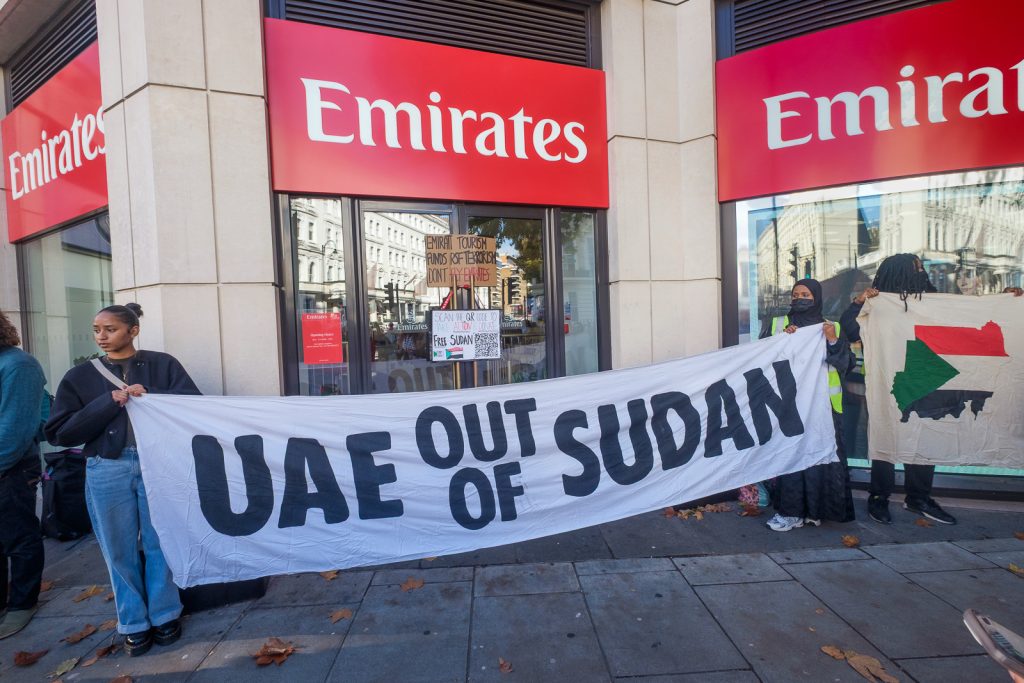
Sudan has been a divided country more or less since it gained independence in 1956, suffering a long civil war which eventually led to independence for South Sudan in 2011 and a brutal 30 year military dictatorship under Omar al-Bashir which included an ethnic genocide in Darfur from 2003 -2020. Al-Bashir was finally ousted by a coup early in 2019 following huge protests. Since 2023 the country has been devastated by a civil war between the Sudanese Armed Forces (SAF), and the paramilitary Rapid Support Forces (RSF).

The war is partly one over resources and access to the Red Sea, but also has a strong ethnic dimension with the RSF being “violently Arab supremacist or ethno-fascist“. They are backed financially by the United Arab Emirates who also supply them with arms. In return the RSF has taken control of Sudanese gold mines and illegally smuggles gold to Dubai.
The RSF also control the major gum arabic producing areas of the country. Sudan’s acacia trees produce around 80% of the world total of this vital ingredient used in many consumer products from Coca-cola to lipsticks and pet food. The RSF smuggles this out to be sold on world markets.

The war between the RSF and the SAF has resulted in more than 200,000 people being killed, mainly civilians with huge numbers – perhaps 14 million -being displaced and according to the UN, “2025 will see 30.4 million people in Sudan in need of humanitarian aid due to the military conflict in the country.“

Both the RSF and the SAF are reported as carrying out war crimes. The ‘London for Sudan’ leaflet states:
“The RSF are burning villages to the ground, recruiting child soldiers, poisoning water supplies, attacking hospitals & targetting journalists.
“The SAF are carpet bombing indiscriminately, wiping out markets and other vital infrastructure in their bid for control over the region.”

In the continuing El-Fasher massacre by the RSF, “an estimated 2,500 or more civilians have been executed or murdered since 26 October 2025.” though some analysts believe the actual numbers are in the tens of thousands. The RSF are known to use rape as a weapon and have have committed executions, torture, mass displacement and deliberate starvation, armed by weapons sold by the UK to the UAE. In May Sudan took the UAE to the International Court of Justice for complicity in genocide.
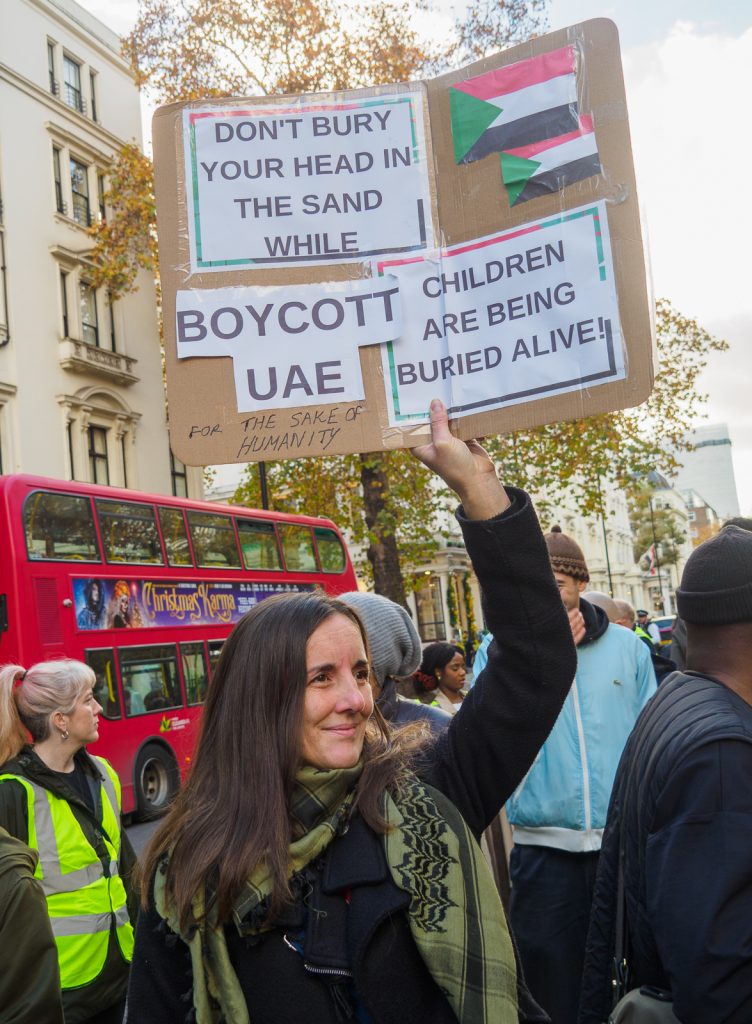
The protesters pointed out the British complicity in supporting the RSF by selling arms to the UAE which are then smuggled to the RSF. They demanded that the UK government designate the RSF a terrorist organisation and called on them to impose sanctions on the UAE for their support as well as ending arms sales to them.

After a short rally with several speeches and a moving poem in English by a Sudanese woman poet the march set off along the Cromwell Road heading for a final rally. I left them at South Kensington to go to a protest at the Chinese Embassy.
More pictures in the Facebook album End the UK-Complicit Genocide in Sudan
Free the Hong Kong Alliance Three
Chinese Embassy, Portland Place

Trade unionists protested outside the Chinese Embassy in solidarity with the three Hong Kong pro-democracy leaders charged with inciting subversion under Beijing’s National Security Law for organising protests and vigils whose trial begins on 11 Nov.

They called for Lee Cheuk-yan, Chow Hang-tung, Albert Ho and all political prisoners to be released.

One man who continually tried to disrupt the event by shouting pro-China comments through a megaphone was finally pushed away across the road. Police argued with him and he was later arrested when he refused to obey police requests to stop.

More pictures in the Facebook Album Free the Hong Kong Alliance Three
Flickr – Facebook – My London Diary – Hull Photos – Lea Valley – Paris
London’s Industrial Heritage – London Photos
All photographs on this page are copyright © Peter Marshall.
Contact me to buy prints or licence to reproduce.
